Food Fit For Kings: A Journey Through Extravagant And Expensive Eats
Being wealthy means having luxurious vacations, the fastest cars, the latest gadgets, and the grandest mansions. Rich folks also like to throw lavish parties attended by society’s who’s who, where they are served unusual foods the general population hasn’t heard of, with names that are difficult to pronounce and price tags that can make the ordinary person faint.
Have you ever wondered just what the super affluent like to have for dinner? From the finest caviar sourced from Iranian Beluga sturgeon to a special kind of black chicken with purportedly miraculous blood, here are dishes that cost a fortune, meant for those with deep pockets. Read on to discover the most expensive and extravagant eats that can seriously dent your life savings.
Moose cheese (around $500 – $600 per pound)
Moose primarily lactate from May to September. They are milked for around two hours a day throughout this period, yielding roughly five liters of milk apiece. This scarcity is why moose cheese is expensive. Three varieties of cheese are produced from the milk.
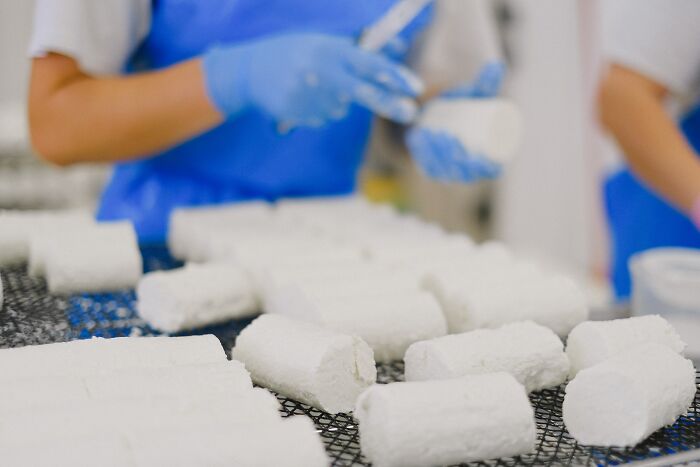
These include soft cheese with a white mold, dry blue cheese Feta, plus creamy blue cheese. The cheeses are creamy, buttery, salty, and possess a smooth texture—the unusual aromas result from the animal’s diet of wild polar plants.
Tartufo Bianco d’Alba (around $6000 per pound)
This is one of the most expensive and rare truffles on the planet. White truffles primarily grow in Alba’s wooded hills in Piedmont, Italy. This truffle is larger, more aromatic, and tasty than other varieties, featuring an undertone of nuts with sweet garlic.
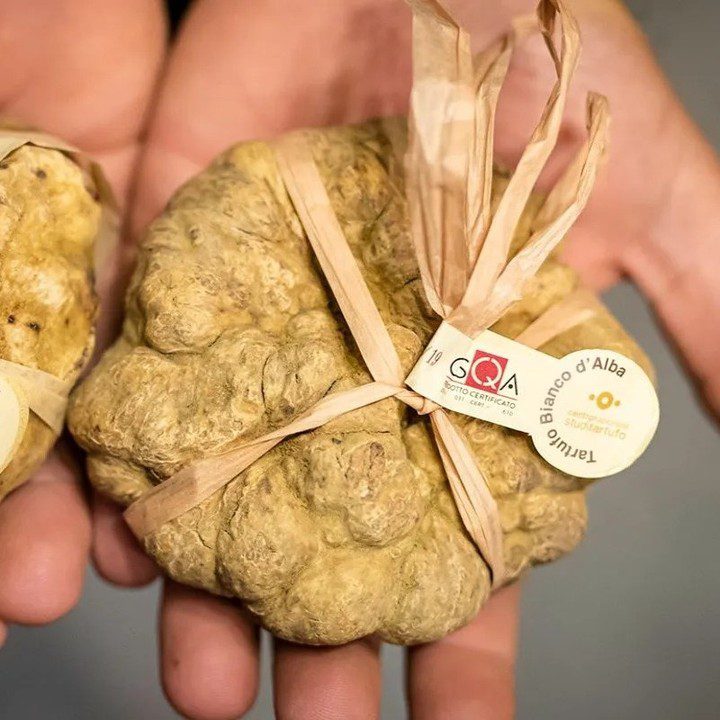
They boast a potent, distinctive flavor as well as a delicious aroma. It needs poplar, chestnut, linden, oak, and various other trees, plus a compact, marly soil, to flourish. Those characteristics make them a much sought-after culinary ingredient despite the exorbitant cost. We know we’d pay to have them!
Wagyu beef (around $200 per pound)
Wagyu is a name used to describe a breed of Japanese beef cattle (“wa” means Japanese, and “gyu” means cow). This breed is genetically predisposed to develop fat marbling within its muscle tissue. When preparing it, it’s advised to leave the center portion of the cut as bare as possible.
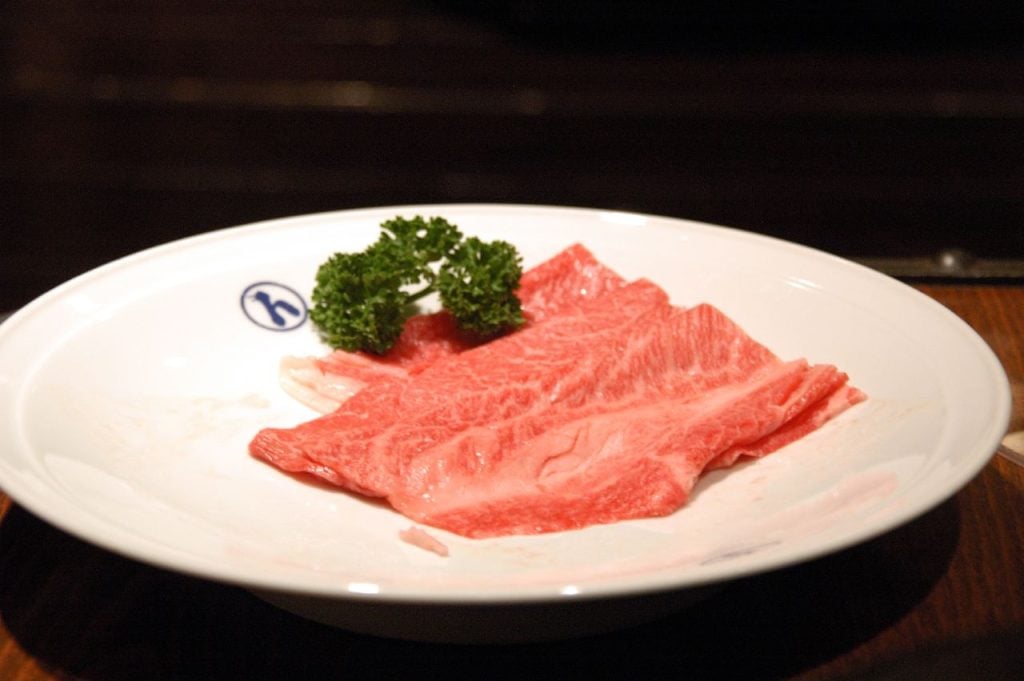
It’s done so that the meat stays incredibly succulent and preserves the delicious umami flavor. This rich and delectable beef cut virtually dissolves in one’s mouth! That’s the feature that makes it so appealing while rendering it an expensive but delectable treat.
Peri Bali (elvish) honey
Turkish Peri Bali honey is pretty pricey and originates from the Sarıçayır Dağı mountains in the Artvin district. This variety of honey is very rare because the only way to obtain it is by extracting it from the towering walls of a cave.
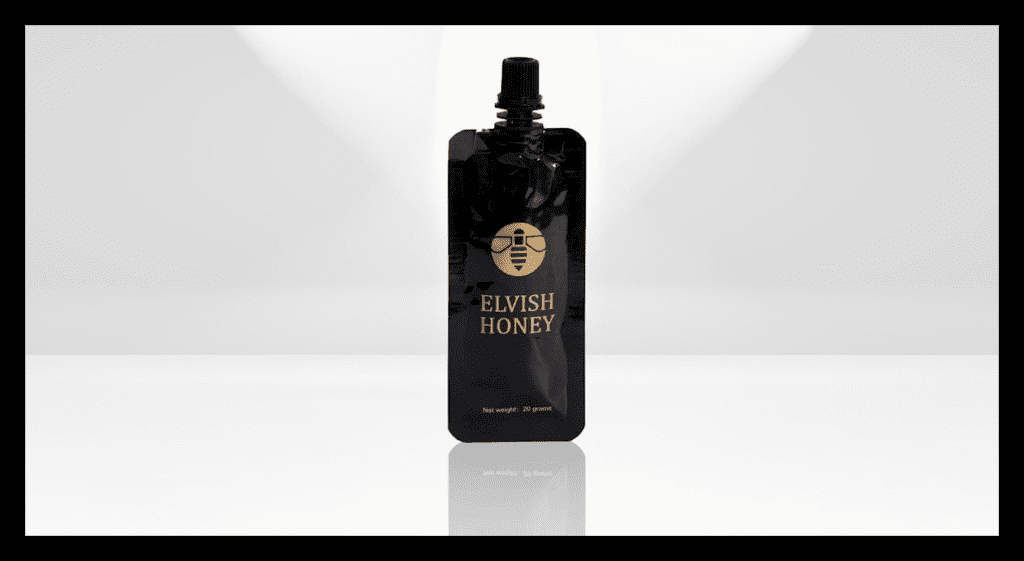
By enlisting the help of some expert climbers, Turkish beekeeper Günay Gündüz was able to extract 18 kg of this honey in 2009. Owing to the honey’s significant concentration of minerals, the cost of one kilogram started at 45,000 euros.
Fugu (around $135 per pound)
This Japanese seafood dish is notorious for having a deadly neurotoxin (tetrodotoxin) that’s accumulated within the eyes, liver, skin, and ovaries of the animal. Chefs who wish to serve fugu at their restaurants must pass through stringent evaluations and certifications administered by the local authorities. Would you be willing to risk tasting this delicacy?
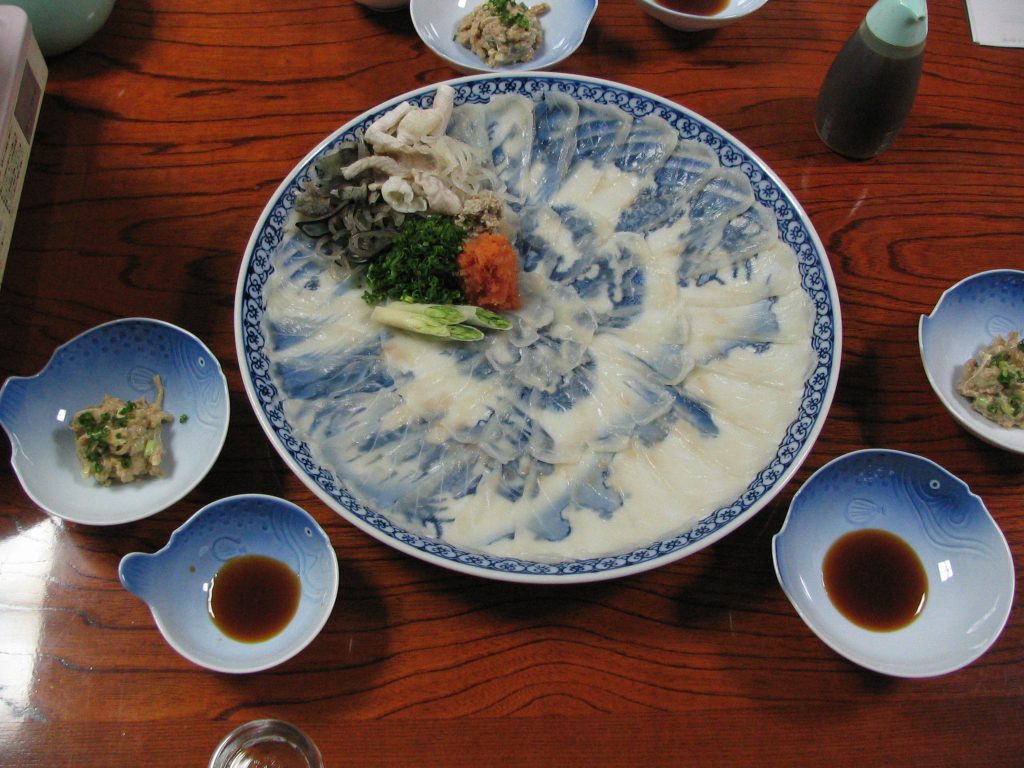
Well, there are individuals who request that little portions of the poisonous organs be served to them. That is because they enjoy the mild numbing effect caused by the fugu toxin. It is typically eaten in Japanese specialty eateries that offer a full meal.
Madagascar vanilla (around $300 per pound)
The difficult process of growing vanilla, which is obtained from orchids, contributes to its price. Most of the time, artificial flavoring is what you taste as vanilla in food. However, the genuine, pure vanilla flavor, particularly the kind sourced from Madagascar, is indescribably delicious.
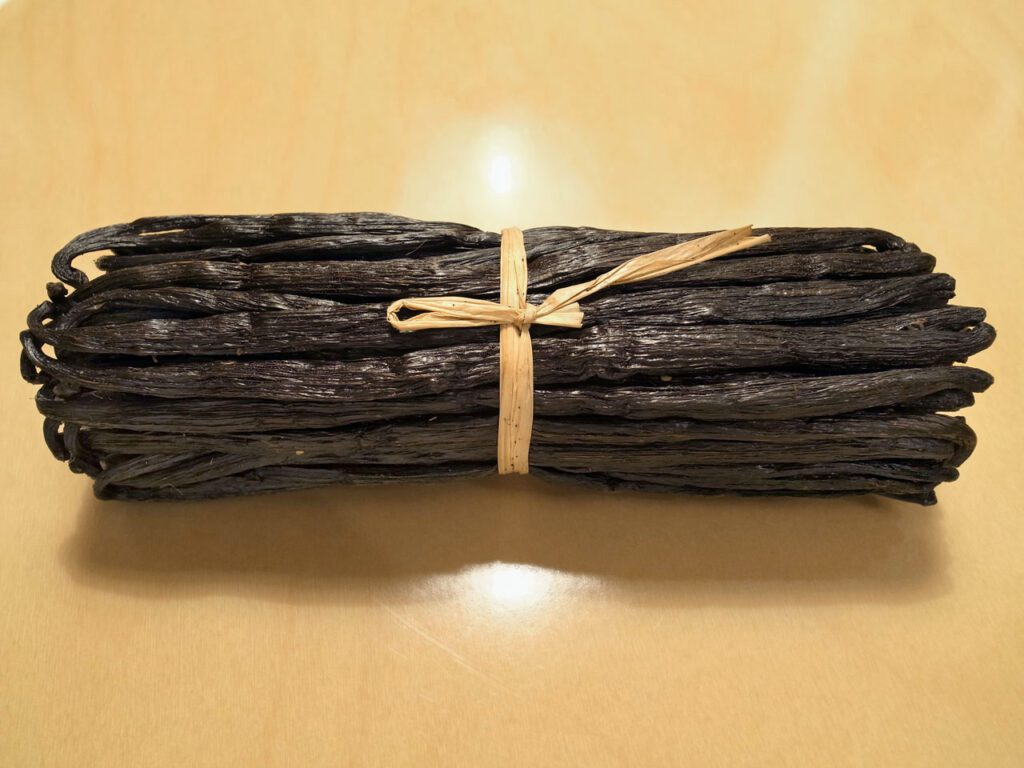
Madagascar is where most of the world’s vanilla beans are produced. Unfortunately, recent storms on the island have increased the cost of just one pound of vanilla by as much as $300! That said, it’s expected to get cheaper as costs are starting to decline once more.
Saffron (around $500 – $2000 per pound)
Saffron is the dried stigma of the crocus flower. It possesses a distinctive taste and smell that can be characterized as flowery, honey-like, and just a little bitter. It is predominantly cultivated in Iran and frequently used in Indian, Moroccan, and Iranian cuisines.
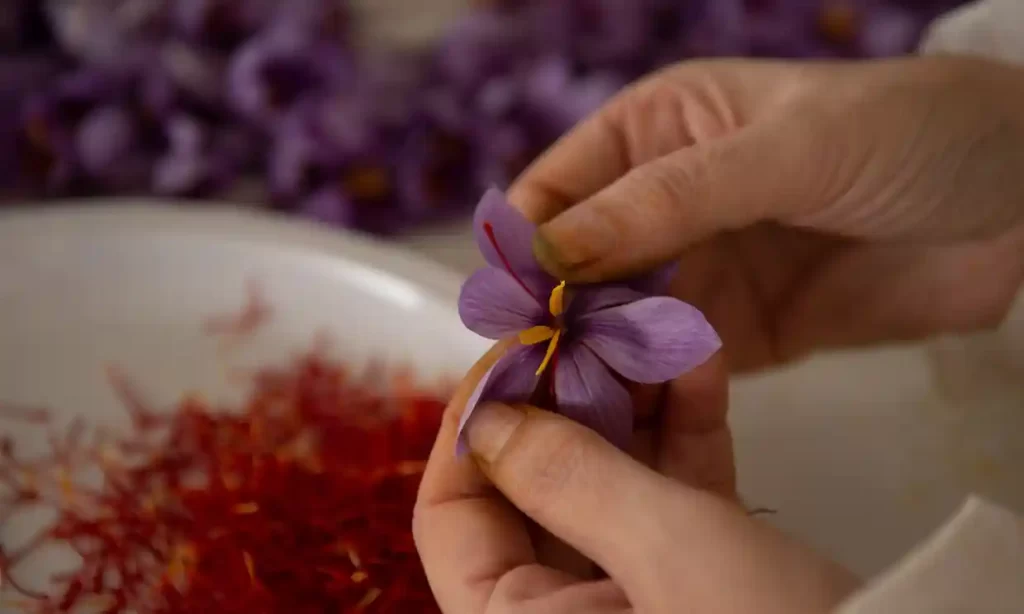
Owing to the time-consuming process of extracting the stigma, saffron remains the costliest spice on the planet with regard to weight. Only three strands of saffron are produced by each crocus flower, and each of them needs to be plucked separately with tweezers.
Zengcheng hanging green lychee
One of the costliest fruits in the world is the Zengcheng hanging green lychee. Its high cost is influenced by its rarity, exquisite hue, and distinctive taste. Because of its worth, it is frequently sold by the fruit instead of by weight.
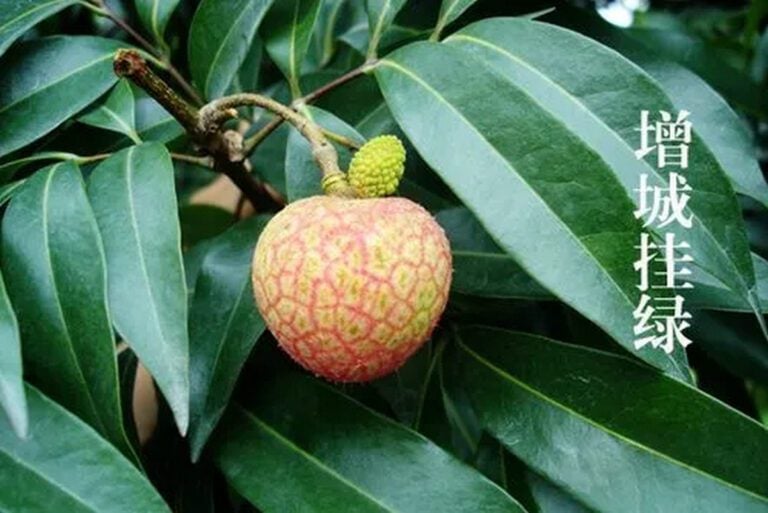
A single, rare, half-ounce lychee set a record at an auction by selling for around $67,000! That particular lychee originated from the Xiyuangualu tree, a rare species. According to unnamed local sources, the tree is over four centuries old and produces only a few lychees yearly.
Black Périgord Truffle (around $1700 per pound)
These black truffles are named after the Périgord area of France, where they are found. They are commonly picked in the fall and winter. These truffles thrive in the root systems of oak and hazelnut trees. The interior of these amorphously formed truffles has thick, white veins.
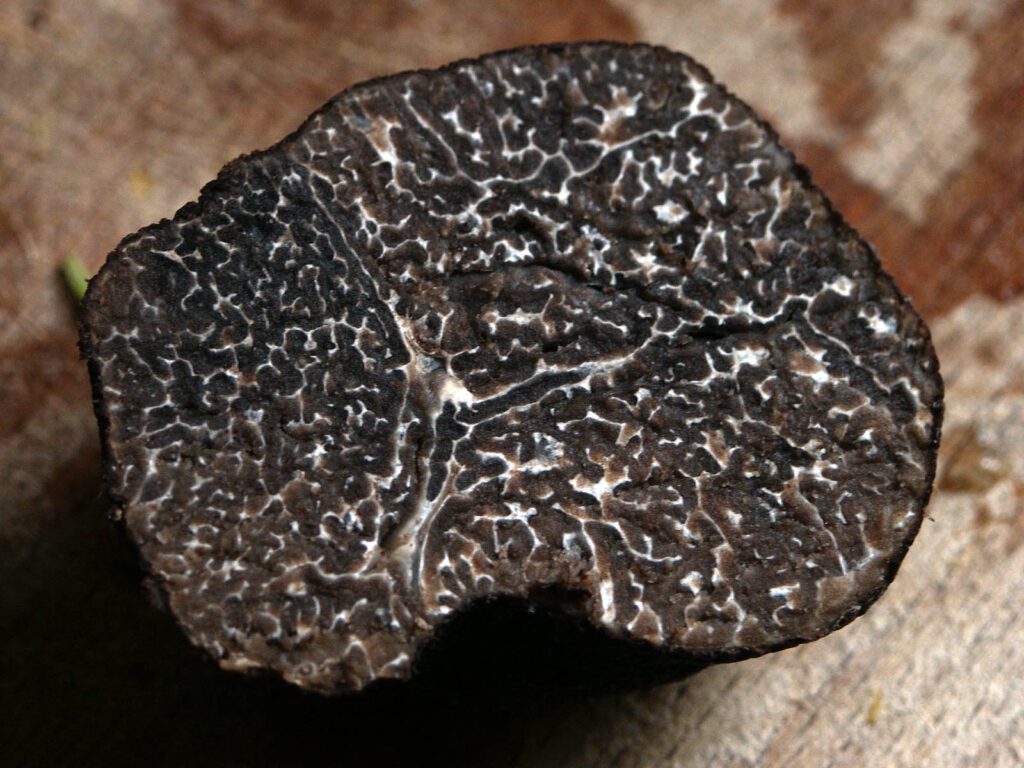
They stand out for their distinctive, strong, and earthy scent. Périgord black truffles are among the costliest edible fungi in existence. That’s because they produce their characteristically intense flavor when heated and are generally scarce since they mature fully between December and March and are only found in Southern Europe.
Matcha green tea powder (around $180 per kilogram)
Matcha is derived from a tea plant’s first harvest, which takes place for a brief duration, usually around May and June. It is essentially green tea in powder form. This expensive beverage is used for various things, including flavoring desserts, and is cultivated only in select areas of Japan.
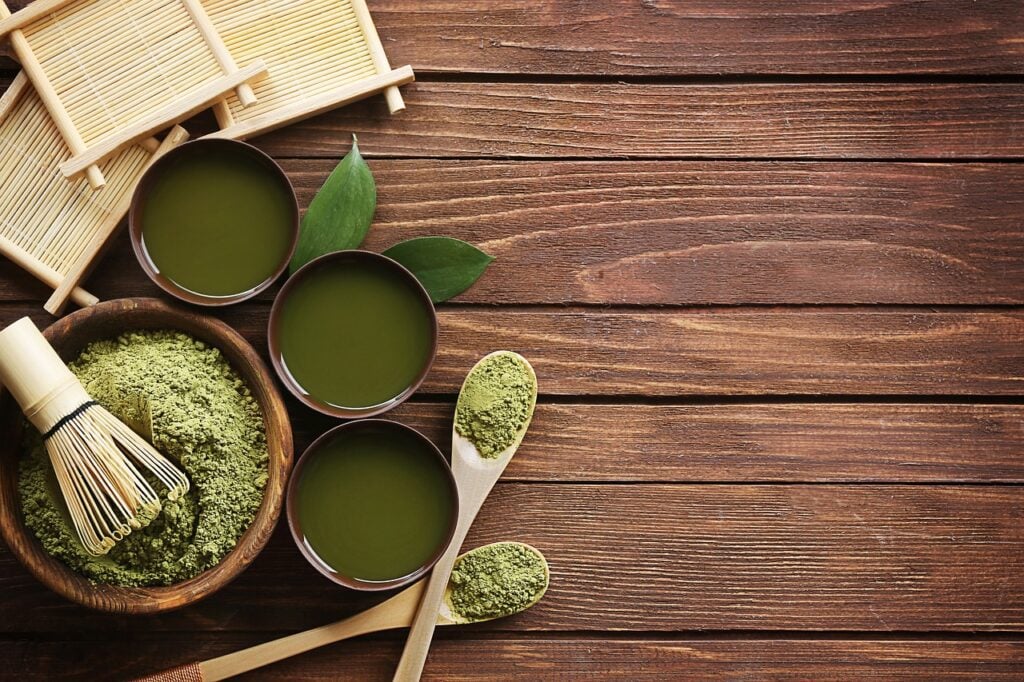
That’s because of the unique climatic and soil requirements. The most well-known matcha-producing prefectures are Kagoshima Prefecture, Shizuoka Prefecture, Nishio in Aichi Prefecture, as well as Uji. Matcha is rare and expensive because of its geographical constraints and brief harvesting window.
Almas caviar
The word Almas means “diamond” in Arabic. This is among the most premium caviar available. It is obtained from mature albino beluga sturgeons (Huso huso), which are unique to the southern Caspian Sea (maybe because the region is comparatively less polluted).
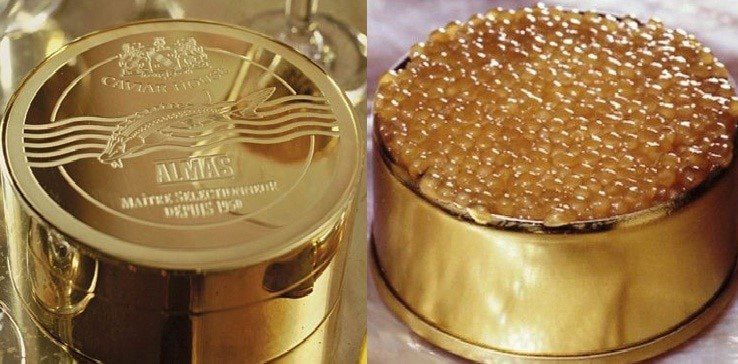
The caviar has a characteristic light-yellow color, with supple, dainty orbs with a salty, creamy, and buttery flavor. It is typically offered in 24K gold tins and demands stratospheric prices due to its extreme scarcity, costing an average of $30,800 per kilogram.
Pacific Bluefin Tuna (around $3600 – $5000 a pound)
A mature bluefin tuna weighs around 250 kg on average. But some can weigh up to 900 kg. The meat of this fish has prominent marbling, and when it’s correctly aged, it creates a distinctive flavor harmony, which is why they are much sought after.
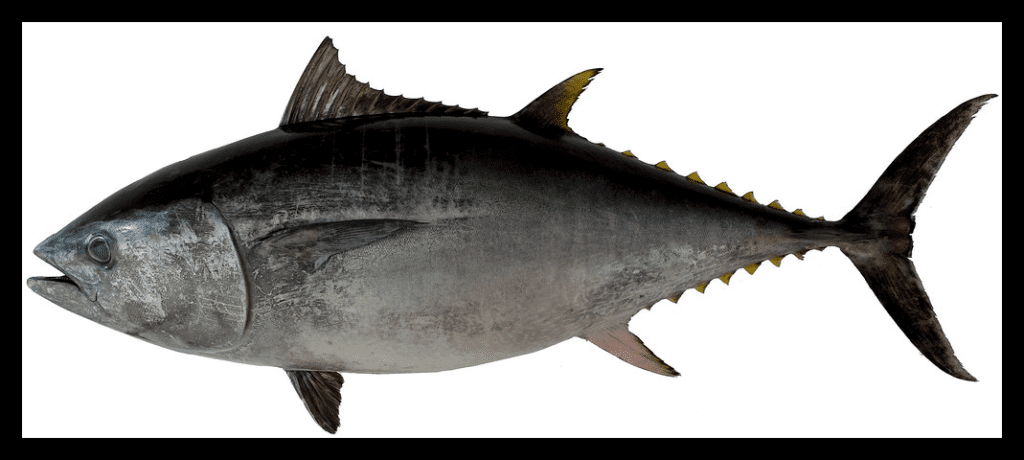
The finest Pacific bluefin tuna in the world originates around Oma in Japan. (We know. These guys seem to own everything on this list!) They are said to have exceptional fat content. Prized specimens frequently fetch staggering sums per pound at renowned auctions held at Tokyo’s Toyosu fish market.
Glass eels
The Japanese have consumed eels for millennia. Japanese freshwater eel (known as unagi) can be more expensive than bluefin tuna. These eels aren’t harvested as adults. Young eels are typically grown on farms for between six and twelve months before they are ready.
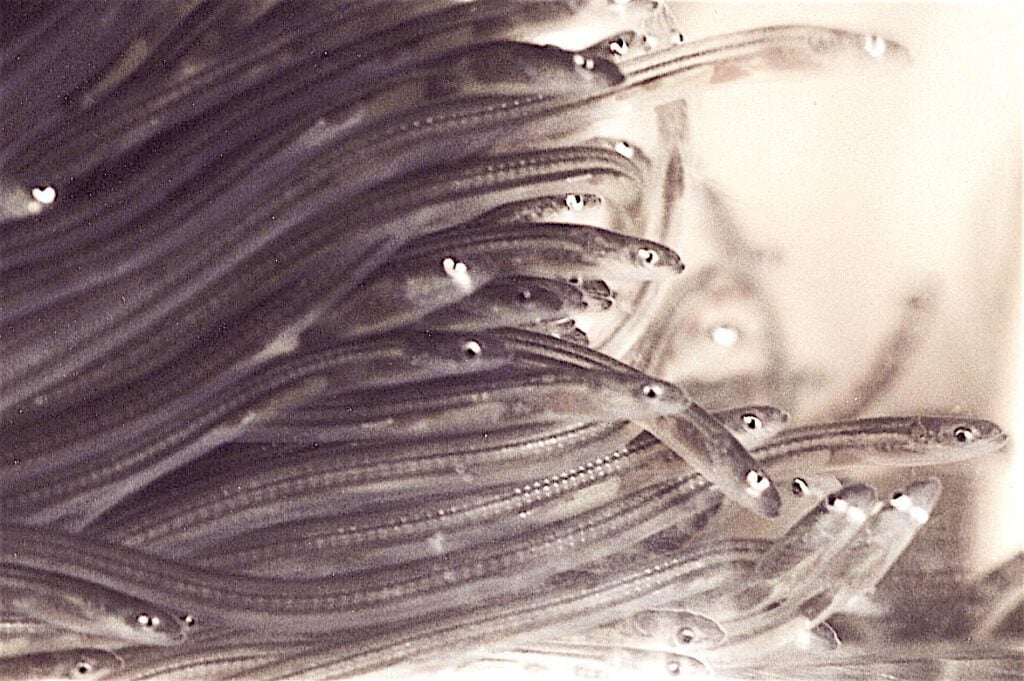
After that, they are harvested and sold. Interestingly, cooking Japanese eel properly takes years of practice. When done in the ‘kabayaki’ style, it may run a tab upwards of $90. Young eels, often known as glass eels, cost about $35,000 per kilogram in January 2018.
Aceto Balsamico Tradizionale di Modena
Traditional balsamic vinegar produced in Modena holds a DOP (Denomination of Protected Origin) accreditation. This particular variety, which can cost from much to $200 per ounce, is not to be confused with the common balsamic brand. The Extravecchio variety gets matured for a minimum of 25 years.
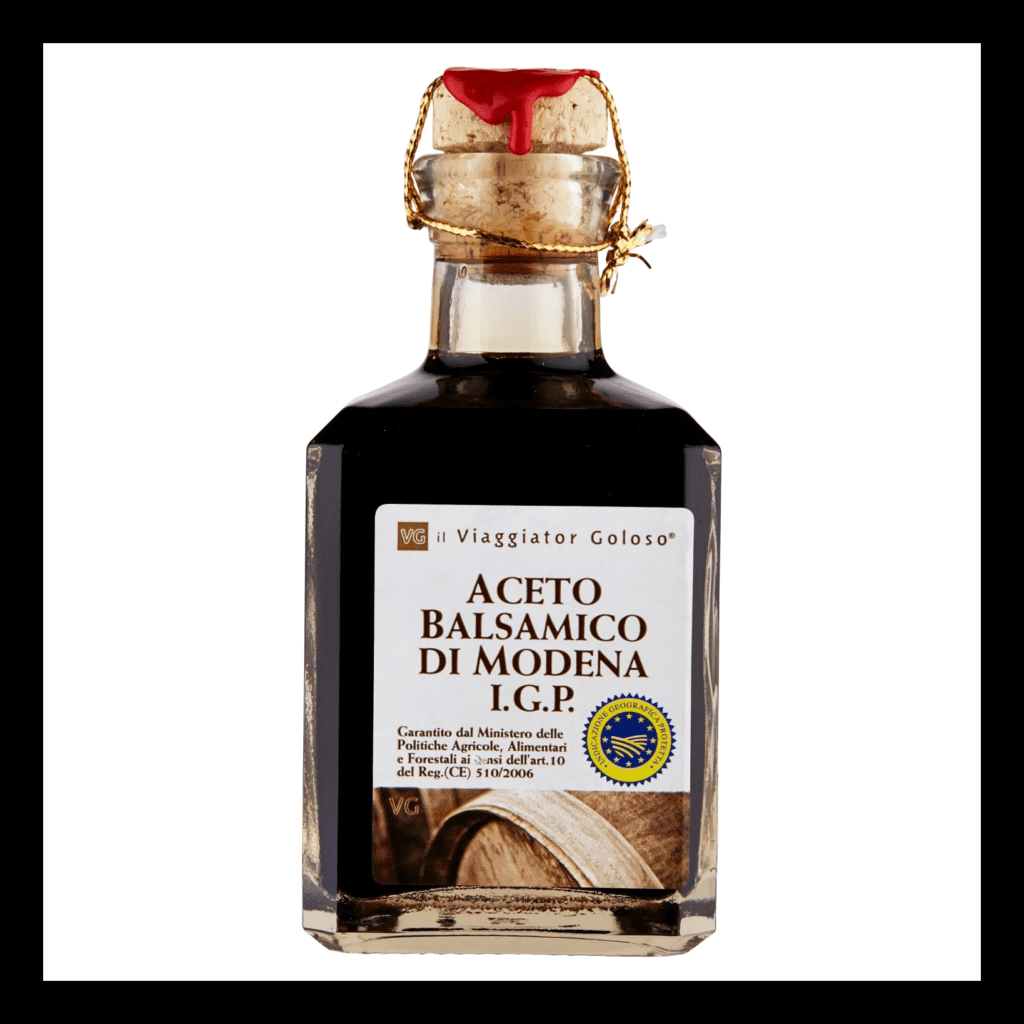
Contemporary chefs and gourmet cuisine enthusiasts adore the flavor profile created by this prolonged aging. It is often sold in containers with gold-colored caps. Zabaione, Latte alla Portoghese, as well as Panna Cotta, are among the most well-known Modena desserts made using this balsamic vinegar.
Le Bonnotte potatoes
The Île de Noirmoutier, a small island located in the Bay of Biscay, is home to Le Bonnotte, the most expensive potato in the world. These unusual potatoes are only found in sandy earth that is nurtured by seaweed and algae.
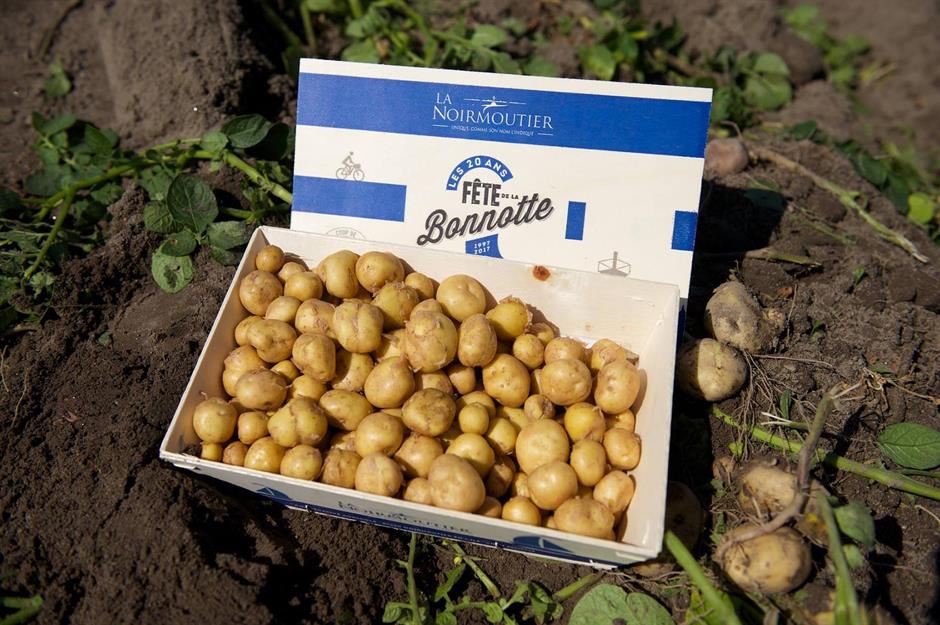
Only one week a year is dedicated to hand-picking these delicate and exquisite veggies, which cost an extravagant 500 Euros per kilogram. They should not be skinned because the skin contains all the rich flavors of the surrounding ocean and soil.
Oysters (around $50 – $100 per dozen)
Oysters have evolved from being an affordable seafood for working people to a high-end culinary ingredient. Their exorbitant price tag is a result of their immense popularity and the environmental hazards related to their development. Oysters are frequently served with a tart lemon wedge or mignonette sauce.
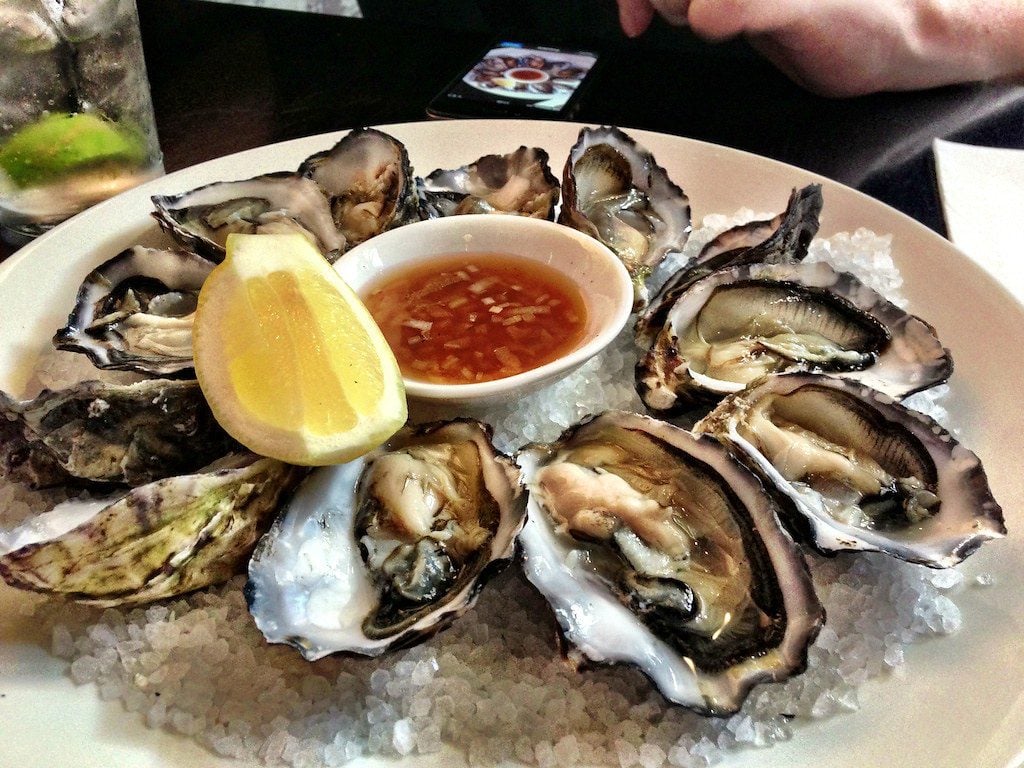
Due to their abundance, oysters used to be affordable. Sounds unbelievable, but it’s true. However, the availability of this delicacy has severely decreased in the past few decades, and as consumption increased, the price consequently rose. Additionally, producing them is quite labor-intensive, which also adds to the price.
Matsutake mushrooms (around $600 per kilogram)
Matsutake (which means pine mushroom) is exceedingly pricey and distinguished by its potent aroma. They are frequently collected manually among pine trees under fallen leaves from September to mid-November. Those who’ve had it say it smells spicy and fruity with a tinge of cinnamon.
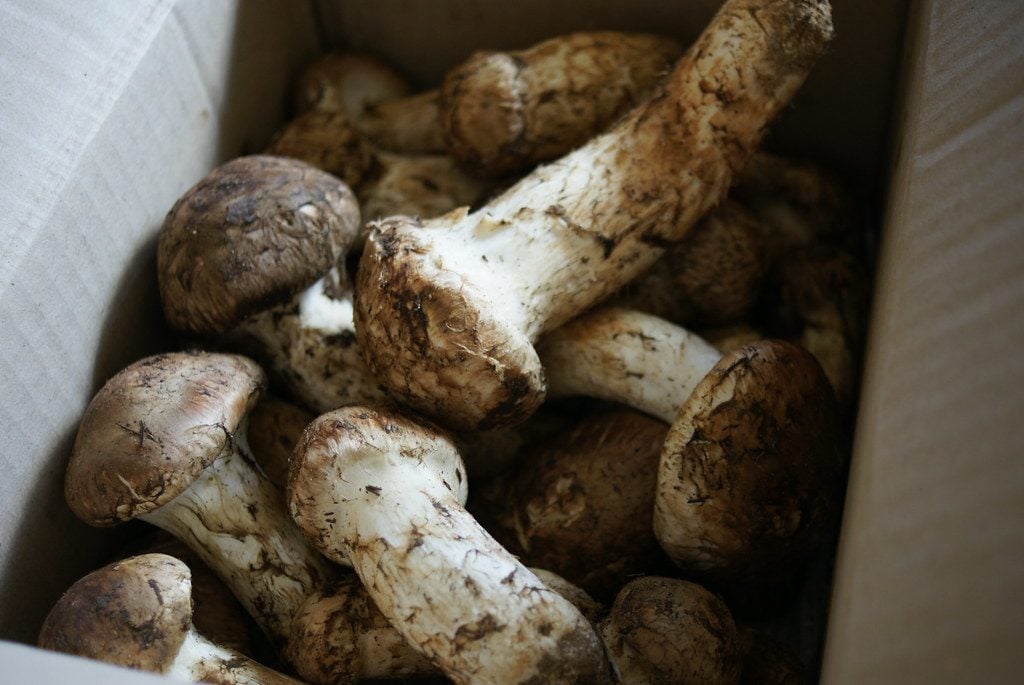
They are usually cooked with a mild spice to bring out their flavor. Since these mushrooms cannot be grown on farms, there is a real danger that they will all disappear one day, rendering every mouthful something of a rare treat.
Heligan pineapple
Who would have thought a pineapple would be this costly? The average price of a Heligan pineapple, which gets its name from the garden in Cornwall, England, where it is grown, will undoubtedly come as a surprise. One costs roughly 1200 US dollars!
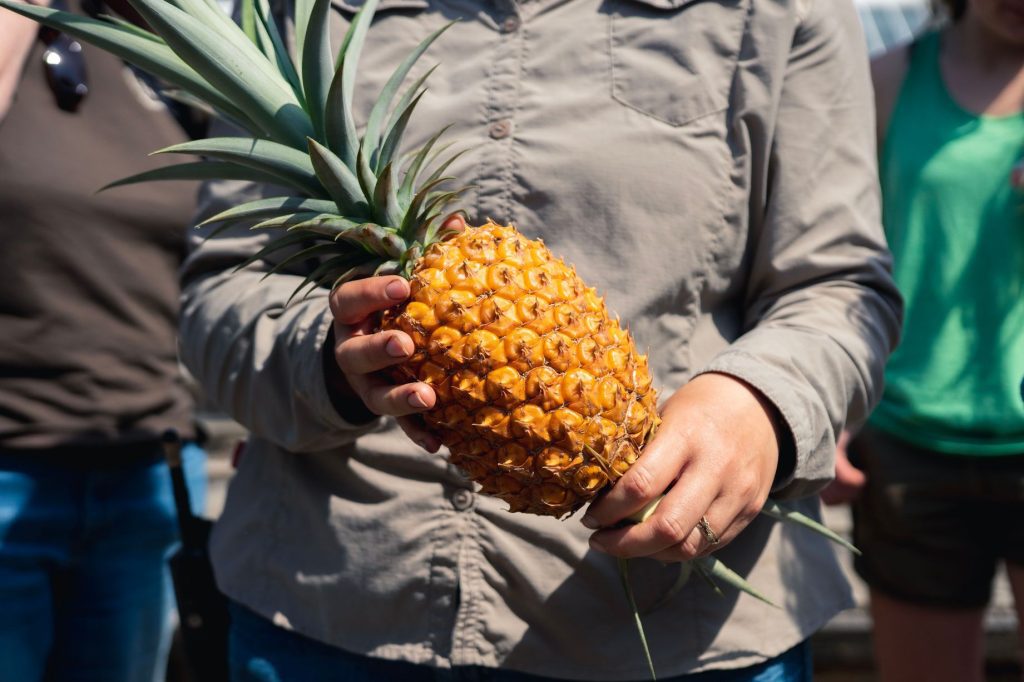
One needs about two to three years to mature, and nurturing them is quite an intensive process. They were first grown as a present for the late Queen Elizabeth II for her wedding anniversary in 1997. Judging by the price, we’re not surprised it’s associated with the royal family!
Ayam Cemani chicken (around $2500 each)
Ayam Cemani is a special kind of black chicken from Indonesia. These birds are said to possess supernatural abilities. In Indonesian, the word “ayam” means “chicken,” whereas “cemani” can imply either “completely black” or “originating from Cemani,” which is a location in Java.
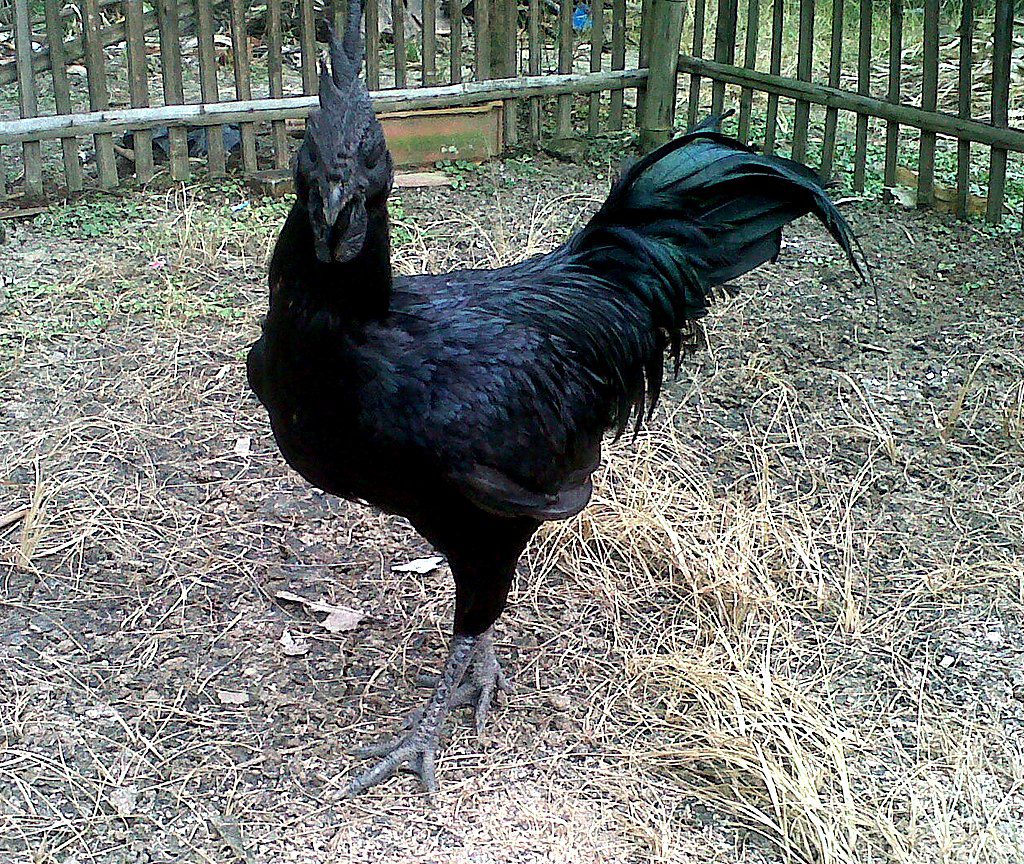
The chicken is revered in its home nation for its purportedly miraculous blood. The Ayam Cemani’s full black hue — including its comb, feathers, muscles, skin, internal organs, and even its bones — is part of what makes it remarkable and ultimately a bit pricey.
Swiftlet nests
Swiftlet nests, which are a key ingredient in bird’s nest soup, are infamously pricy and divisive. The nests, created by cave swiftlets that use their saliva to glue moss, algae, and feathers, can be sold for up to $4,000 per kilo.
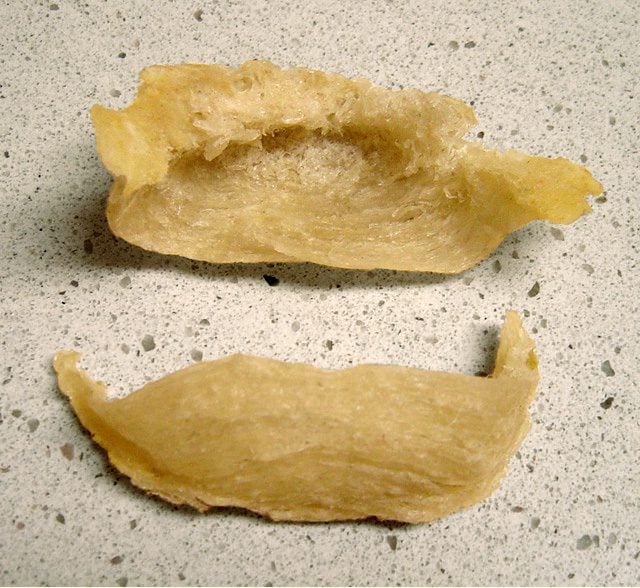
A kilo could contain approximately 120 nests. Governmental agencies in nations like China have imposed severe laws to enhance the security of the products in response to unethical farming techniques by careless farmers, which have additionally contributed to import bans.
Edible gold (around $70 for a few grams)
The gold component you often see added to food and drinks is called an edible gold leaf. Because gold is regarded as “biologically inert,” it moves throughout the digestive system without being digested. They come in flakes and sheets and are primarily used to make pastries and candies.
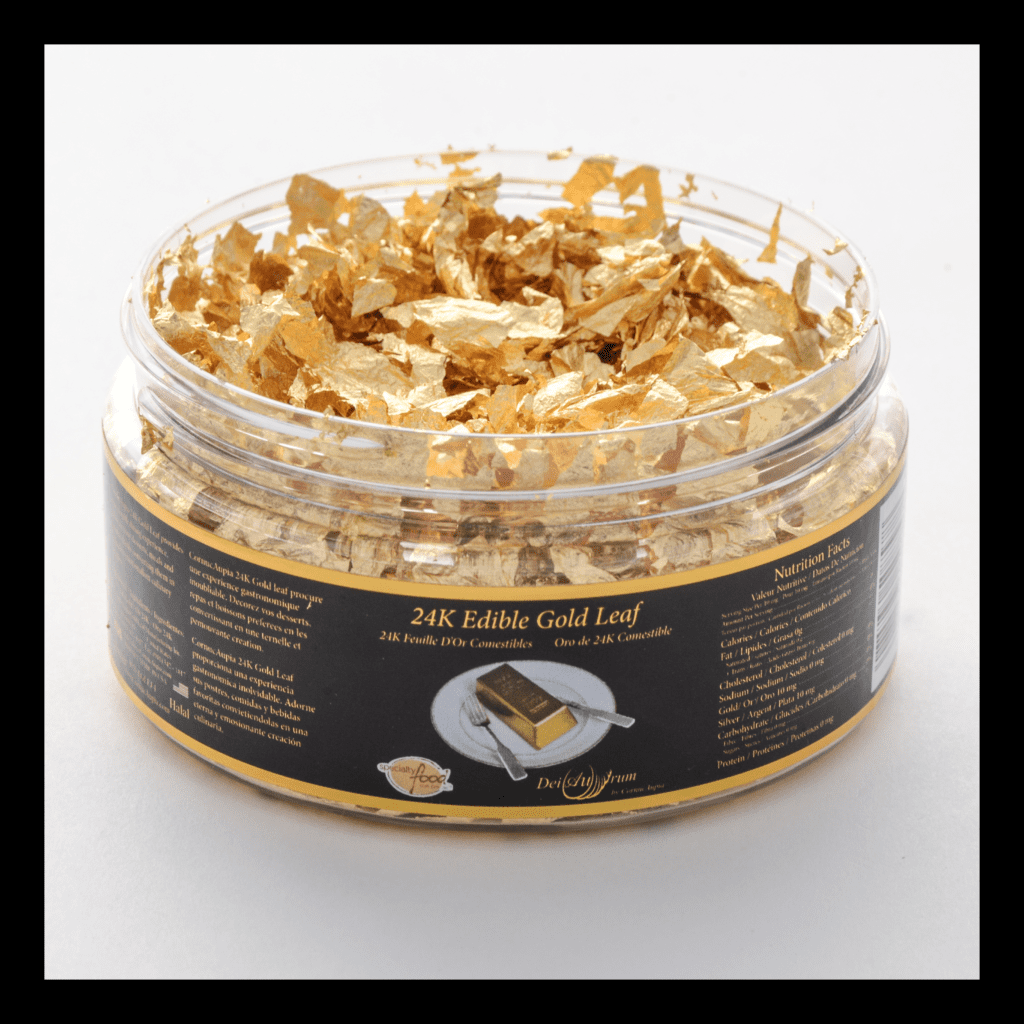
Although edible gold ranks as one of the costliest delicacies in the world, these sheets and shavings are reasonably priced, given that they are made of actual gold. If you want to get some for yourself, invest in a high-quality gold leaf because cheaper varieties can have imperfections.
Mānuka honey (around $20 to $120 per jar)
The honey variant known as “Mānuka” is popular in Australia and New Zealand. This honey is distinguished by its high viscosity as well as its dark cream or dark brown hue. It is made by honey bees that swarm on the Mānuka tree.
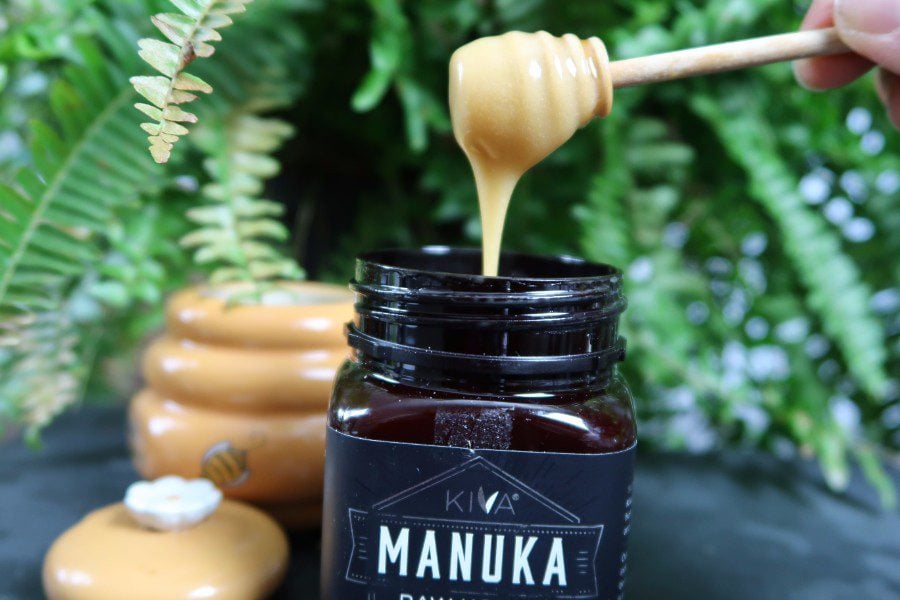
The overall taste of the honey is potent, rich, and somewhat bitter. It is hailed as one of the most beneficial honey varieties as it has many health benefits. Unfortunately, as with most popular products, as the price increased due to its alleged health advantages, so did the rise of counterfeits.
Pule Cheese
Pule cheese is a very unusual and distinctive dairy delicacy that is made using donkey milk, specifically from Balkan donkeys. To make just a kilo of this grainy white cheese, roughly twenty-five liters of donkey milk must be used! You can already see why it’s on this list.
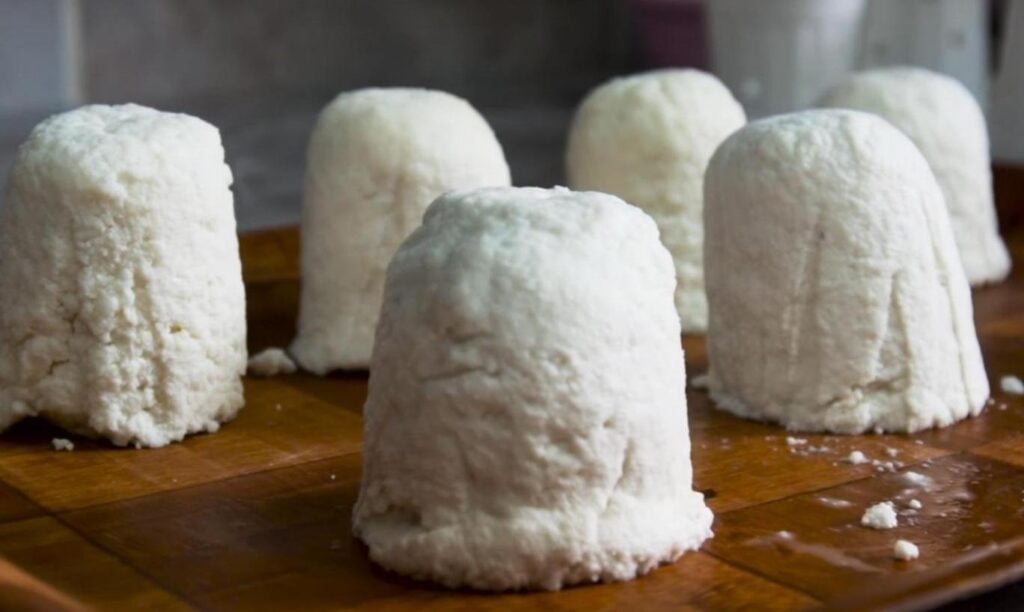
These donkeys get manually milked on three separate occasions a day. The cheese has anti-allergenic qualities and contains just 1% milk fat. Pule can cost up to three, four, or five thousand Euros per kilogram in some places but is typically sold for 1000 Euros per kilogram.
Densuke watermelon
Densuke watermelons have a reputation for being among the costliest in the world, with auctions for premium products seeing prices as high as $6,000. This fruit has a distinct degree of flavor compared to other watermelons. It is crisp, firm, and black.
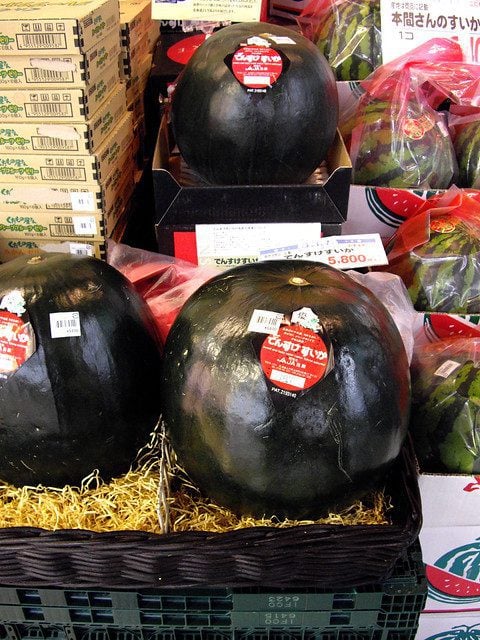
Additionally, these watermelons have a small number of seeds. This fruit can only be obtained in small amounts and is only grown in Hokkaido. For security, Densuke watermelons are typically sold in cube-shaped cardboard packages along with certifications of origin.
Caciocavallo podolico (around $140 per kilogram)
The unprocessed milk of a Podolica cow is used to make pasta filata cheese in Southern Italy. This is a variety of caciocavallo cheese. Rosehips, blueberries, juniper, wild strawberries, and nettles that the herds eat while moving up the hills in June can be detected in the cheese.
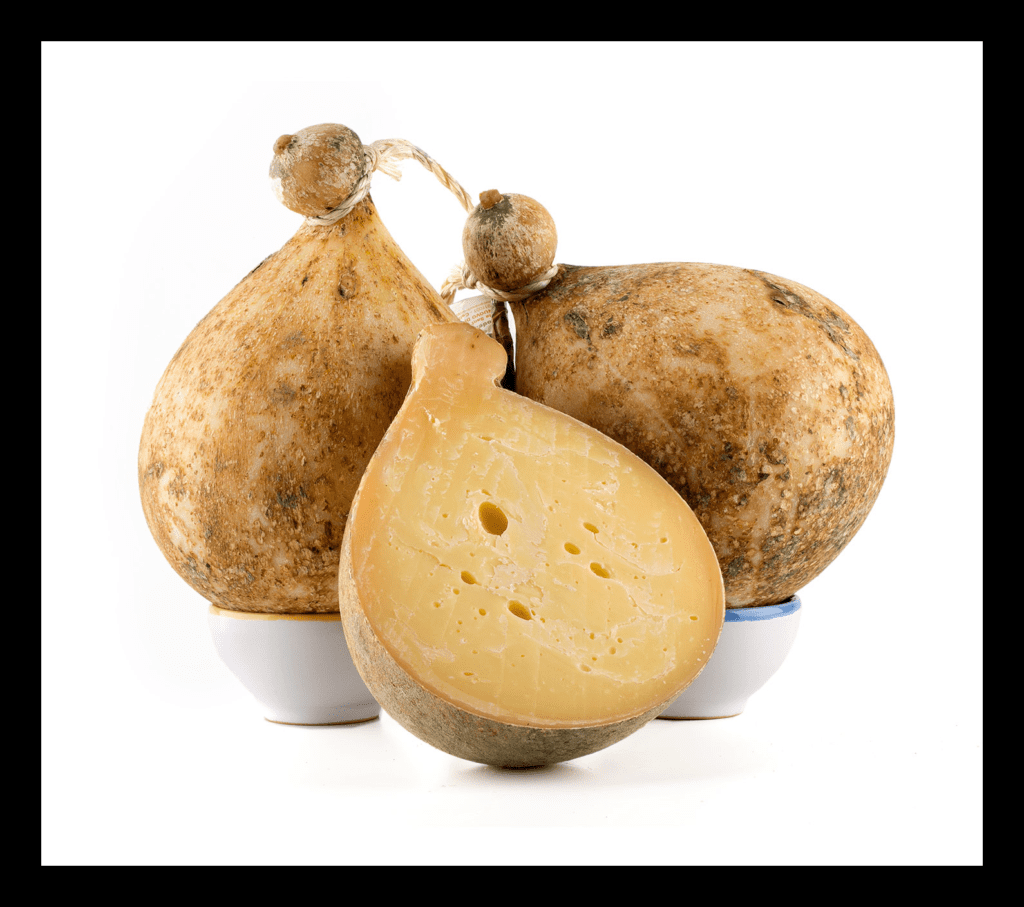
You can already imagine how tasty it is based on that fact. The cheese in question appears elongated and unusually shaped because it is aged for between three months and a year after being tied using a rope and stretched over wooden supports while fresh.
Beluga caviar (around $3200 – $10000 per pound)
We previously mentioned almas caviar, and now we have another valuable type of caviar called beluga caviar. Since it takes the fish up to 25 years to mature and produce roe, such caviar is incredibly uncommon, pricey, and lavish. The pearls are large, firm, and plump.
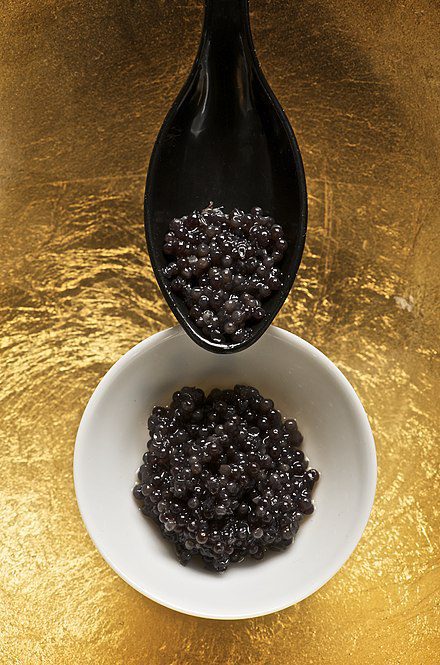
The hue of beluga caviar pearls may vary from pale to dark gray. It is best eaten plain and has a gentle, mild, and practically buttery taste. Severe restrictions are currently in place to restrict the manufacturing, business, and illegal harvesting of this uncommon substance.
Pesteh – (around $150 per kilogram)
The Kerman region of Iran ranks among the best locations on the planet for cultivating pistachios. It supplies more than half of Iran’s pistachio output. The Persian pistachio, also known as “Pesteh” in Farsi, is renowned across the world for its superior quality, unmatched taste, and nutrition.
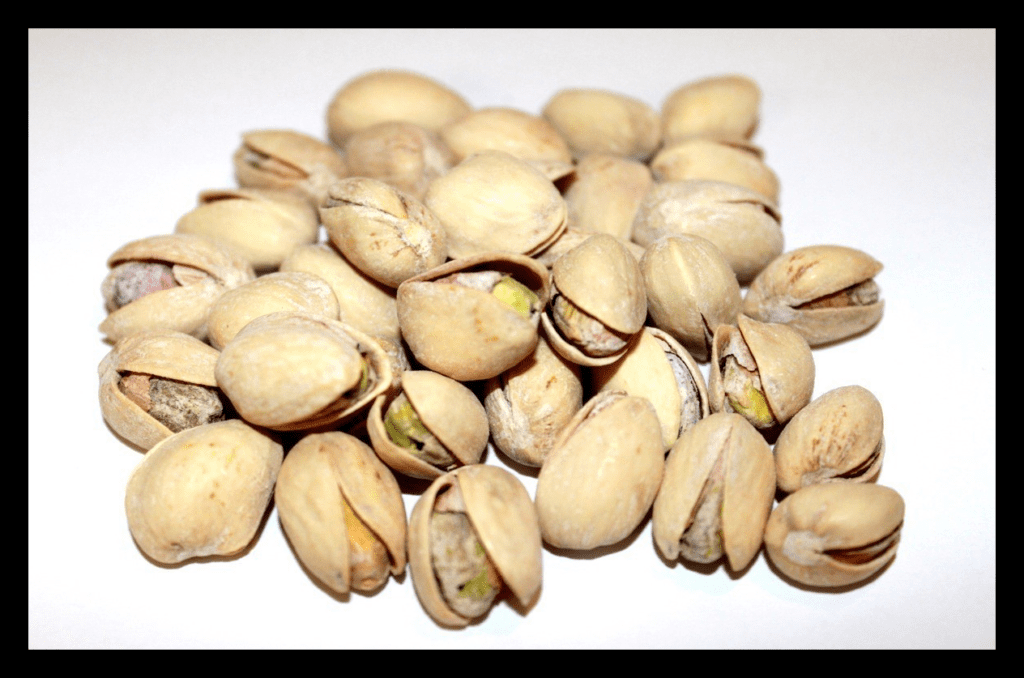
Pistachio trees require over a decade before they start producing fruit. This is one factor that’s responsible for pesteh’s high cost. A tree is able to produce its maximum weight of fruit once every other year, which is roughly 50 pounds.
Goose Barnacles (around $500 per kilogram)
Goose barnacles possess a white, triangular-shaped head with a long, flexible stem that they use to adhere to surfaces. The meat is usually stuffed within the neck and is frequently characterized as sweet and saline. Galicia in Spain and the Portuguese coast are the customary places to eat goose barnacles.
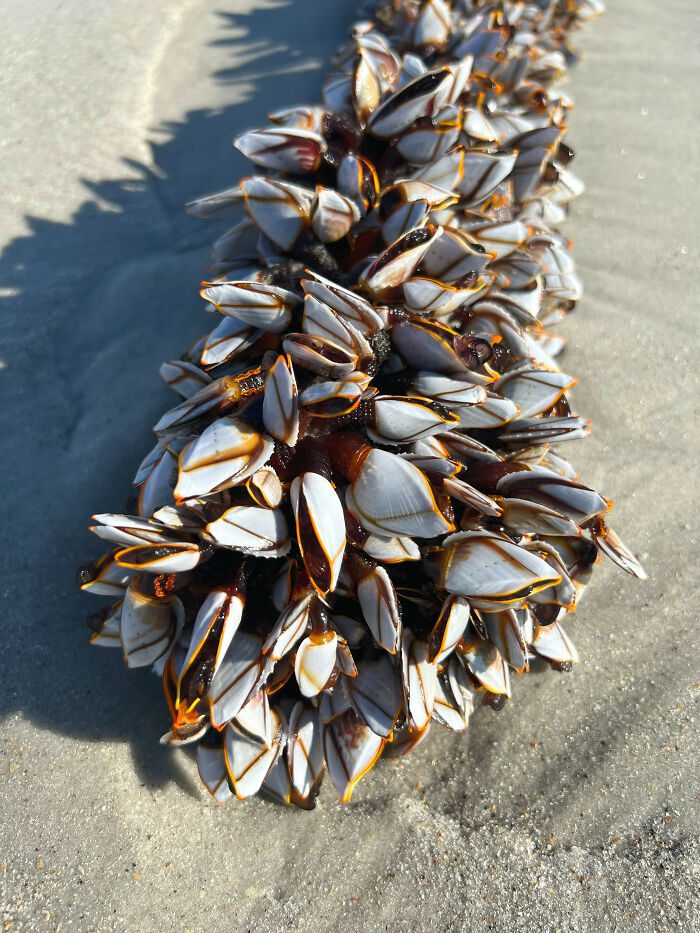
They are usually served on plates and are only slightly boiled in salted water. Alternatively, they can be grilled, steamed, or consumed raw. The cost of goose barnacles is often high, though it differs depending on where you can find them.
Yubari King Melon
On Hokkaido’s Yubari Island, you’ll find pricey Japanese melons known as Yubari King. Because of their famed sweetness, these fruits are highly sought after. They’re said to have the highest quality when they are precisely spherical and skinned. On the inside, they have orange-colored flesh.
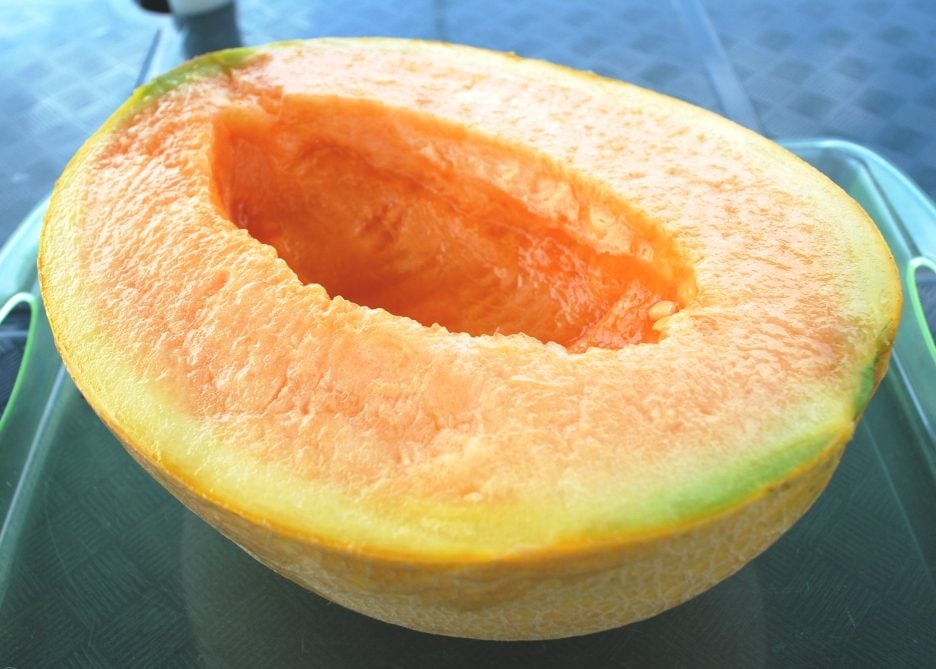
This flesh is frequently rated into one of four categories based on sweetness. The melons are often planted in February and farmed in greenhouses using volcanic ash soil. Notably, a pair of these particular melons fetched $27,000 at auction in 2017.
Ethical foie gras
The free-range geese kept to produce ethically sourced foie gras are reared on family-owned farms. Here, they are allowed to roam free and eat whatever they want, as opposed to regular geese that produce regular foie gras. Common examples include La Pateria Du Sousa and FoieGood.
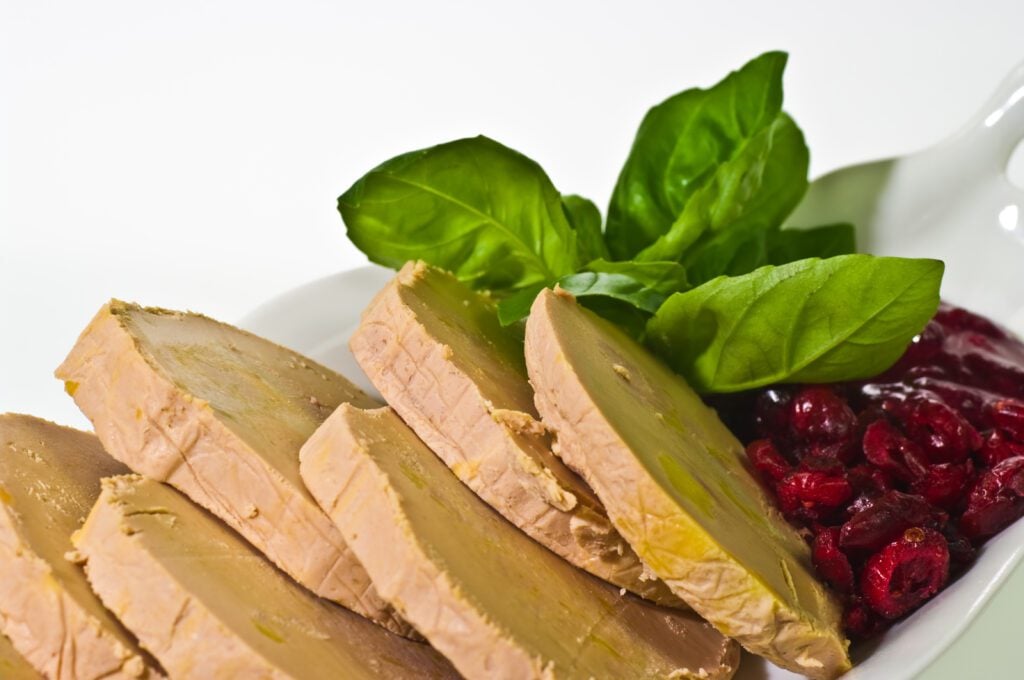
Unlike the common variety of this delicacy, ethical foie gras does not involve the use of force-feeding to produce fattened duck liver. It’s a completely natural process with no force-feeding or chemicals. Costs for ethical foie gras can reach $1540 per pound.
Sembikiya Queen Strawberries
Sembikiya Queen Strawberries are among the most expensive fruits in the world. They are exceptionally tasty, completely red, and have a wonderfully formed leaf. These fruits become available for a short period of time and are exclusively savored in Japan.
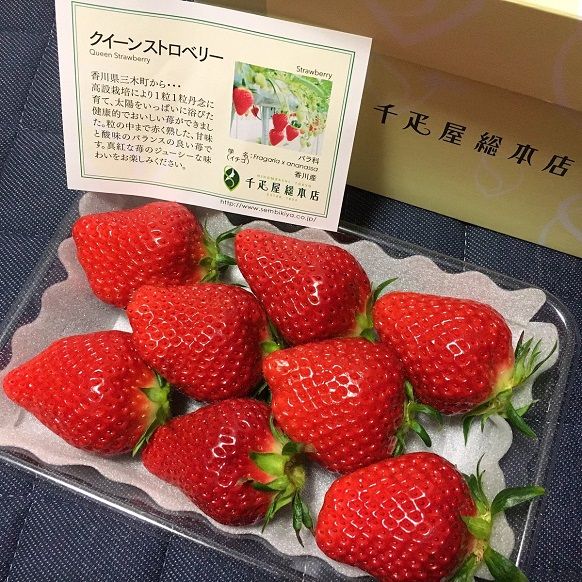
These are named after a renowned fruit store in Tokyo. Sembikiya strawberries cost about $85 per pack and are sold in boxes of 12. Each hand-selected fruit is startlingly identical to the next due to the fact that they all have a similar shape, are blood red, and glitter like jewels.
Extra virgin olive oil ($50 for one 100ml bottle)
Extra virgin olive oil is thought by many to be the best kind of olive oil. That’s because it’s made from uncooked, cold-pressed olives. This high-quality oil has a lot of applications and is rich in beneficial monounsaturated fat. Lambda, particularly, is a super-premium variety from Greece.
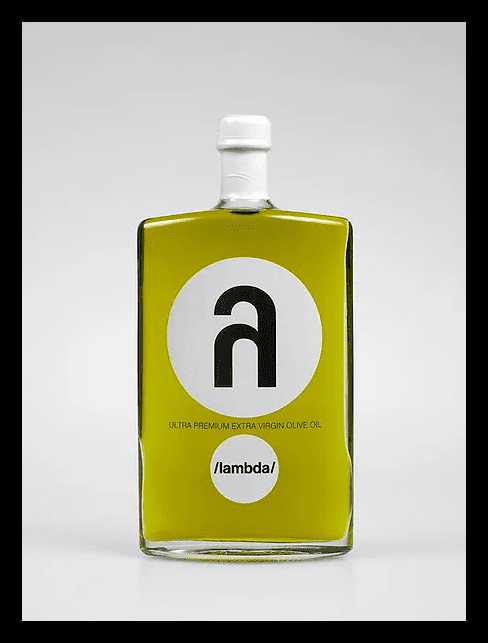
This award-winning oil is produced by The Speiron Co. using Greek Koroneiki olives. The olives are carefully selected and cold-pressed from a few of Greece’s oldest olive trees. This oil has a distinct fruity flavor and is hand-bottled and labeled, as shown here.
Kanyao durian ($200 per fruit)
The Kanyao durian from Thailand is highly sought after among the wealthy. This particular variety of durian boasts an exquisite flavor profile. Also, only a few varieties of durian possess the qualities found in the Kanyao, which makes it quite pricey.
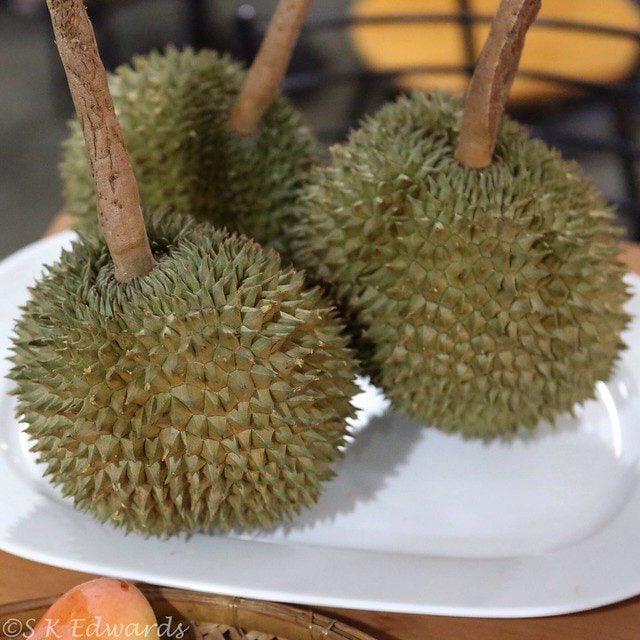
The Kanyao durian cultivar stands out for its bright yellow pulp that is creamy, smooth, sweet, and fragrant. Additionally, its round fruit features a very long stem (10–14 cm) in comparison to other durian species. The pulp never gets mushy, even when overdone.
Taiyo no Tamago mango (a pair went for $4,000)
The meticulous attention that goes into producing these mangoes accounts in part for its high price. Each mango is surrounded by a tiny net installed by Japanese farmers, which protects it when it drops from the tree while also allowing sunlight to reach the skin from all directions.
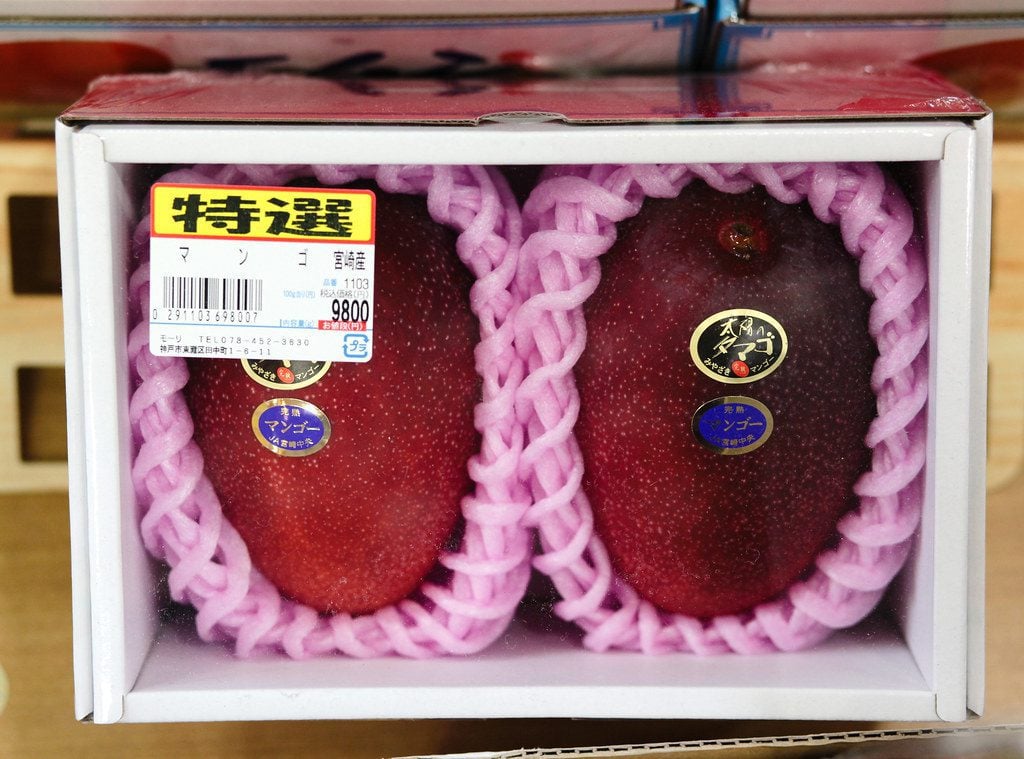
The best ripeness is obtained by letting the mangoes fall naturally when they are ready. Those that do are utterly wonderful and incredibly juicy. They also have barely any fibrousness and nearly dissolve in your mouth. The flavor is just the right balance of sweet and sour.
Horse chestnut oil
Because 1000 ml of the oil that comes from these Moroccan seeds sells for 1400 USD, chestnut oil is frequently referred to as “liquid gold.” Despite its incredibly high cost, fashionable and wealthy ladies frequently use the oil for beauty since it offers a variety of cosmetic properties.
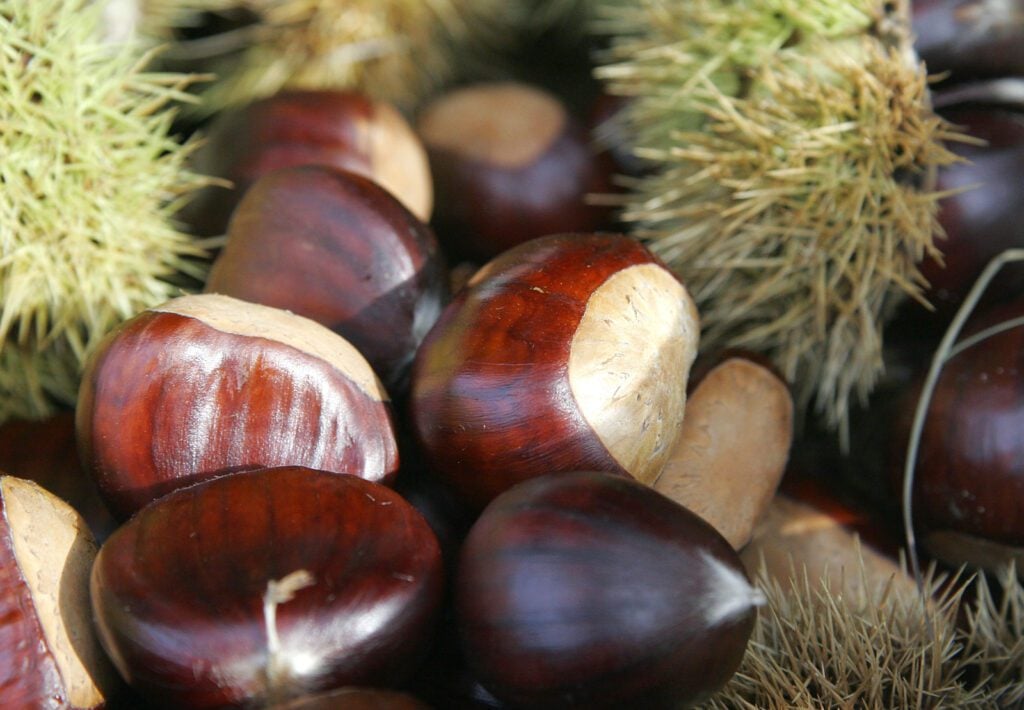
These include hydrating, calming, brightening, softening, anti-wrinkle, and tightening. Moroccan nuts possess an elevated economic worth since they are rich in fatty acids and vitamin E. Chestnut oil is also ideal for spreading over roasted vegetables or salads because of its distinctive nutty flavor and delicate texture.
Geisha coffee ($140 – 150 per pound)
The Geisha coffee bean, also referred to as “Hacienda La Esmeralda,” is believed to have tangerine undertones. Its origins are traced to Ethiopia. Given that it is often regarded as the most excellent coffee in the world, we’d say that price is fair.
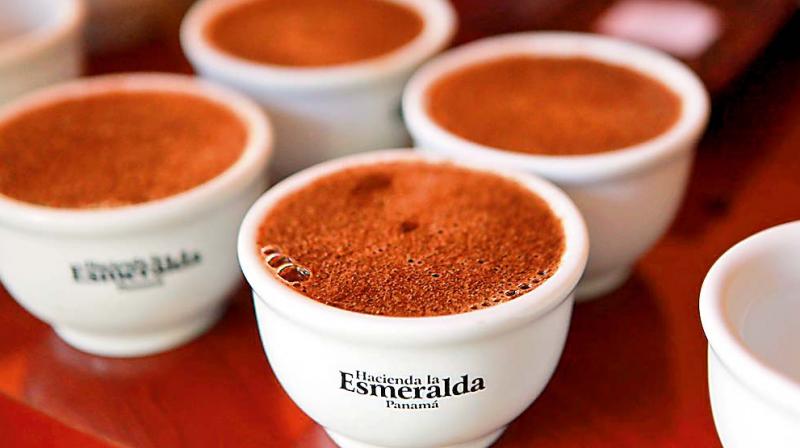
Geisha’s exceptional flavors and aromas were discovered years ago. Since then, stakeholders have worked very hard to create the infrastructure required to enable enough Geisha output to deliver all the characteristics that have won the world over. And now we’re craving coffee!
Ruby Roman grapes
Only in Japan are Ruby Roman grapes cultivated, making them a unique and rare variety of grape. These thick-skinned, deep-red grapes are spherical and luscious. They are renowned for being enormous, with individual fruits averaging up to 20 grams in weight.
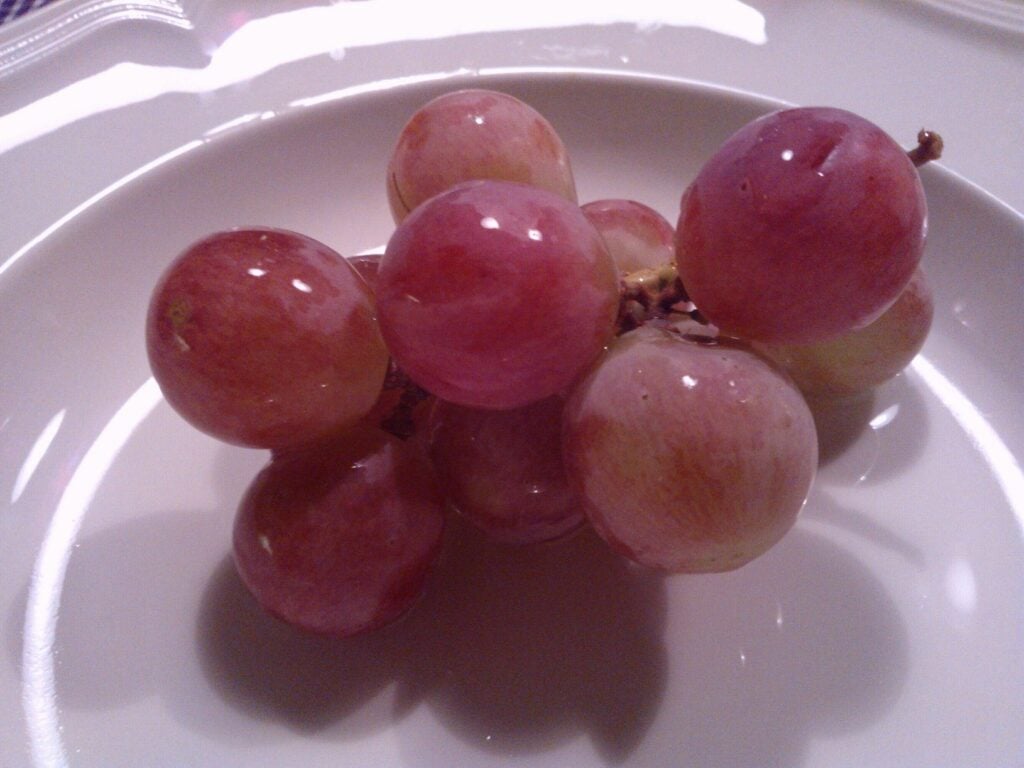
These grapes are exceptionally sweet and have a taste that is sometimes comparable to wine grapes. They are only grown in Japan’s Ishikawa Prefecture, on the island of Honshu’s west coast. A few of the more uncommon “premium” varieties can cost around $10,000 a bunch!
Kopi Luwak
Kopi luwak, sometimes referred to as civet coffee, is one of the costliest types of coffee in the entire world. This is due to the fact that it is manufactured using coffee beans that the Asian palm civet consumes before it excretes them.
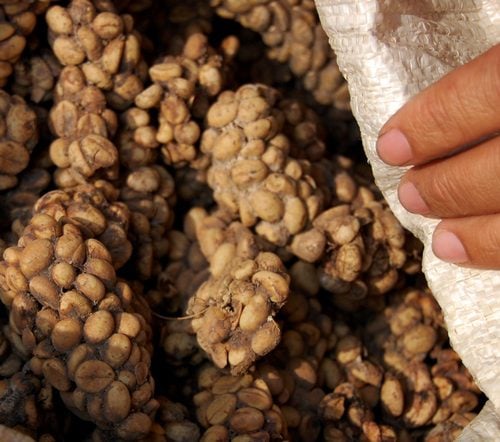
Although it might sound disgusting, the coffee beans essentially undergo fermentation while inside the civet’s digestive system, giving the beverage a more velvety, rich flavor. Coffee made from kopi luwak is often priced up to $600-700 per pound.
Sekai Ichi apples (around $21 per apple)
The costliest apple variety in the world is Sekai Ichi, which is grown in Japan and retails for about twenty dollars each. The hybrid was created by crossing the Red Delicious and Golden Delicious species. You can already tell they’re special just by looking at them!
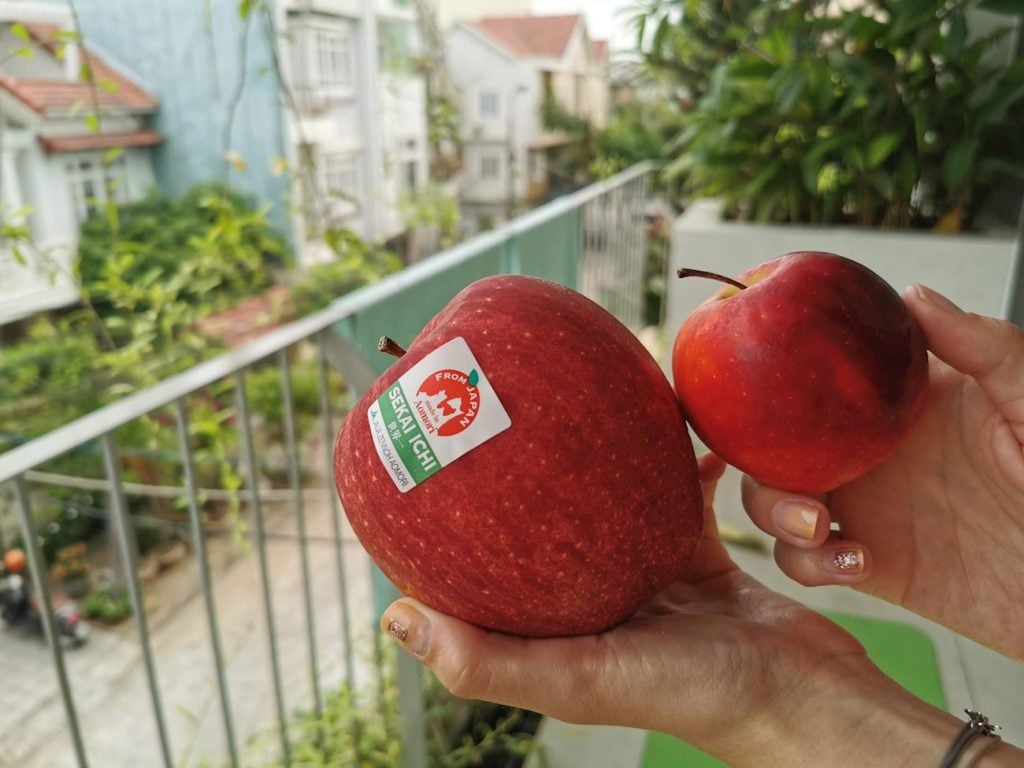
The flavor of these enormous apples is both sweet and mild, and they have a crunchy, strong, and succulent texture. The Sekai Ichi are pricey because producers rinse them using honey and hand-brand them to remove any imperfections. They can be purchased from fall until early winter.
Wasabi ($150 – $250 a pound)
Wasabi is among the world’s most challenging commercial plants to grow. This is what accounts for its high price. It can only withstand temperatures between 46 and 68 degrees Fahrenheit and must always have access to flowing spring water—quite high maintenance.
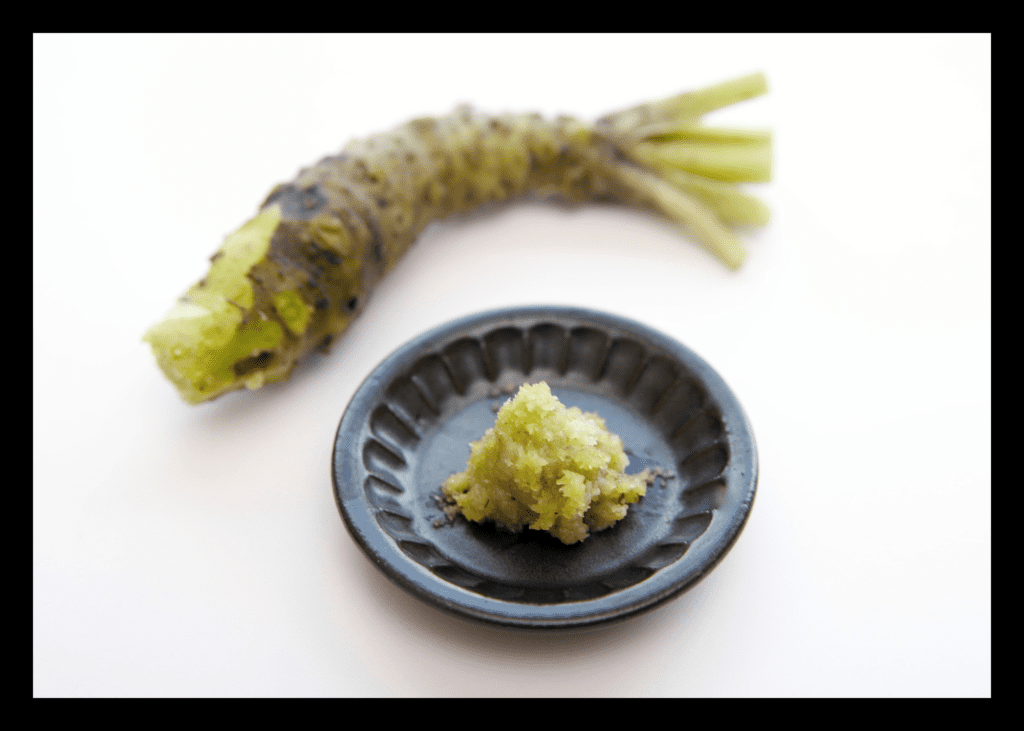
Wasabi also needs a particular amount of humidity plus a very specific combination of nutrients for you to be able to harvest. In simple terms, it thrives by mountain streams naturally, but reproducing such habitat on a large scale would be expensive.
Hop shoots
Breweries do not utilize these green hop plant tips, yet their rising popularity as cult ingredients has resulted in a hefty price tag. Among the priciest vegetables in the whole world, one kilo of these shoots may run you upwards of $800.
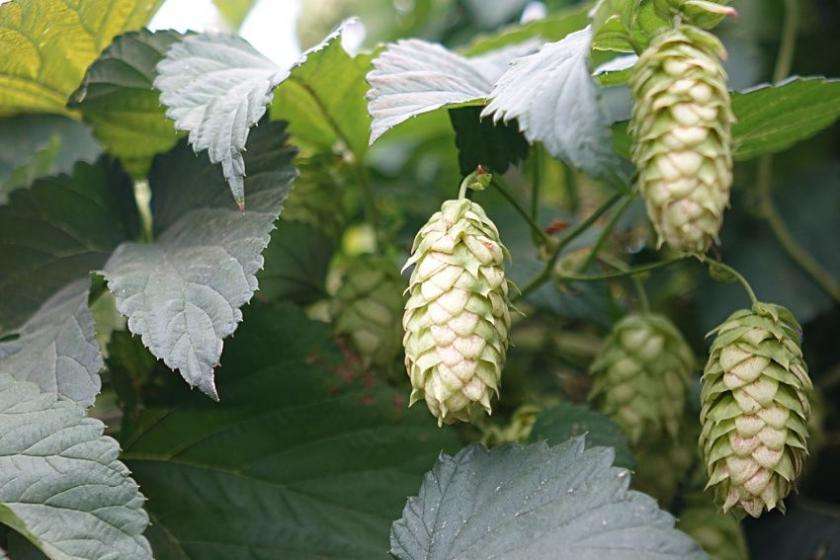
The reason they are so expensive is because of how they are collected. Hop plants do not develop in straight rows, which makes harvesting them incredibly time-consuming and labor-intensive. When properly cooked, the shoots take on a faintly nutty flavor.
Da Hong Pao tea
Da Hong Pao is a black oolong tea that exclusively flourishes within the gravelly soil of China’s Wuyi Mountains. It is highly prized for its powerful sweetness and persistent woody flavors. Tea that originates from the original plants could be purchased for roughly $100 per kilogram.
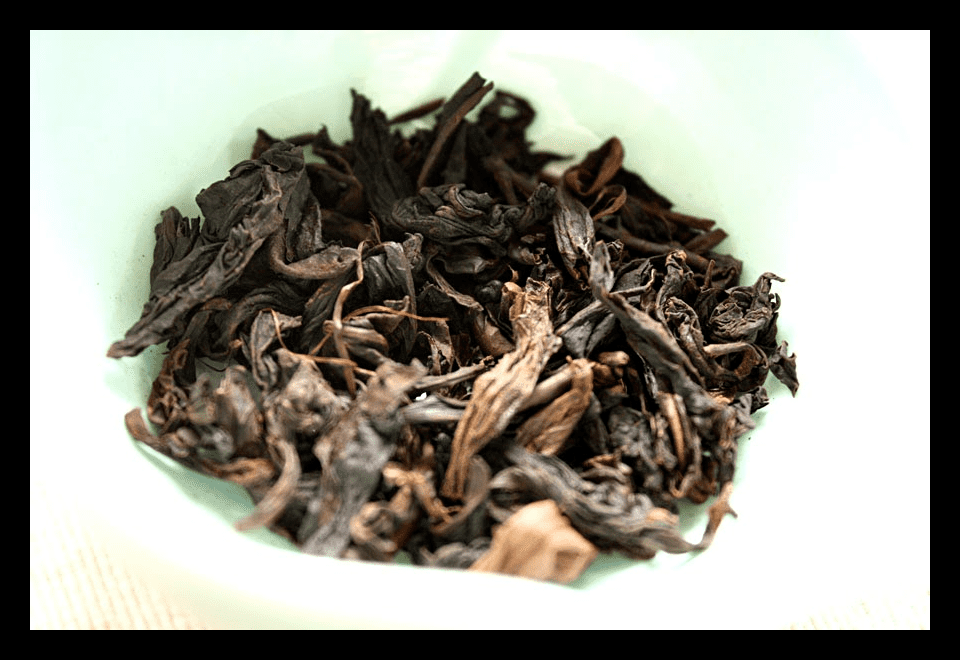
Older and more expensive varieties can cost an eye-watering amount. 20g of tea from one of the authentic Da Hong Pao mother trees sold for $21,700 in 2002 to a buyer who was ready to dole out any sum of money to have it in his possession!
Guisante lágrima ($100 – $350 per pound)
These salty, teardrop-shaped peas are sometimes referred to as “green caviar.” Their availability is restricted to the spring across Spain’s Basque country, thus rendering them a sought-after item for chefs and regional vendors. That’s because these peas are quite challenging to cultivate.
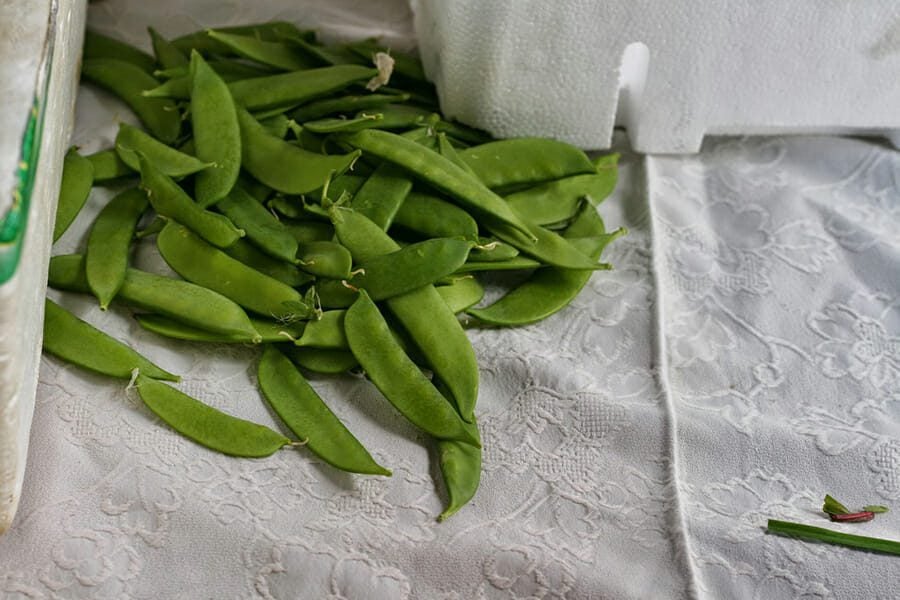
Therefore, only a small number of growers are able to cultivate them. They may require as long as two years to reach maturity and need certain soil with specified humidity and temperature levels to thrive. Also, it is best to harvest these peas by hand.
Animal Farm butter
Thomas Keller, a chef with a Michelin star to his name, is credited with popularizing this small-batch butter. The French Laundry restaurant creator in California gave this creamy butter a try and requested that supplier Diane St. Clair bring him the entire batch.
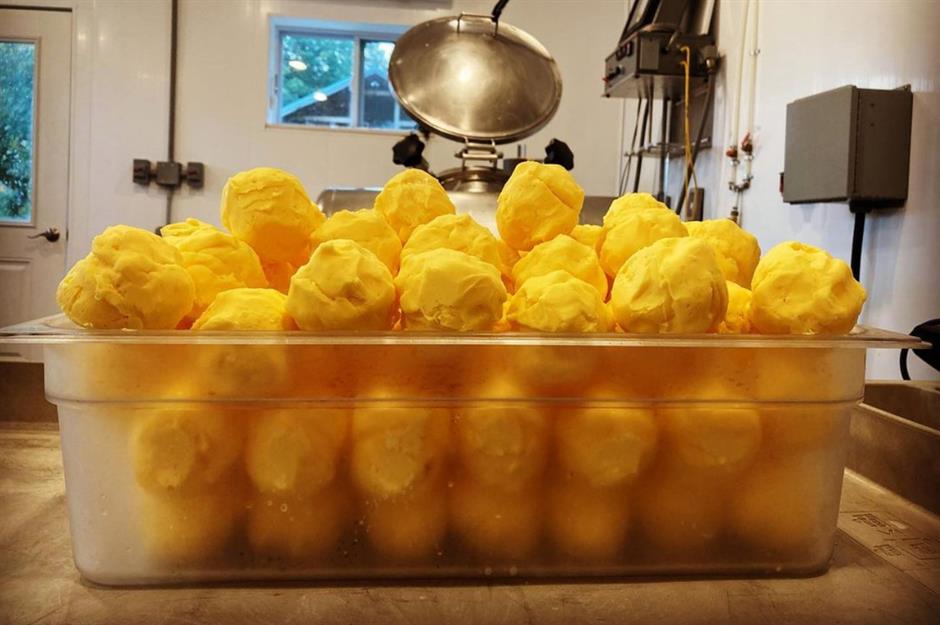
The creamery currently has new proprietors and only supplies a few upscale restaurants. Alternatively, you could get this yolk-yellow butter when it’s offered for widespread purchase once a year. Despite having a hefty $110 price tag per kilogram, it is always sold out.
Jamón Ibérico de Bellota (around $50 per pound)
Jamón Ibérico de Bellota is obtained by feeding acorns to free-range Iberian pigs. It is rated as the finest ham. These pigs’ diet is closely monitored, especially close to the slaughtering season. The acorn season, which lasts from early October to early March, is quite special.
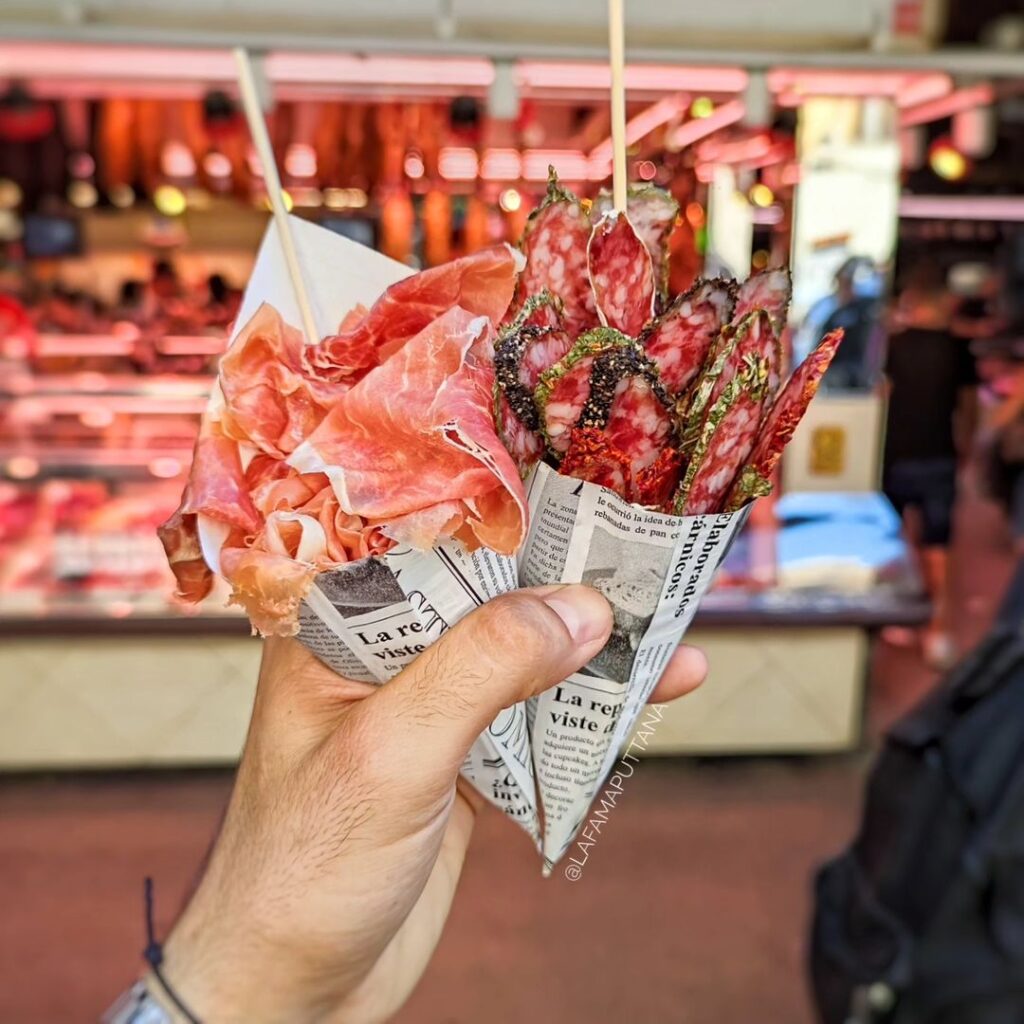
It marks the time they joyfully gorge on acorns. The acorns actually set apart a top-notch Jamón Ibérico in terms of flavor and aroma. They help the pigs create the ideal intramuscular fat structure, which results in recognizable white marbling streaks.
